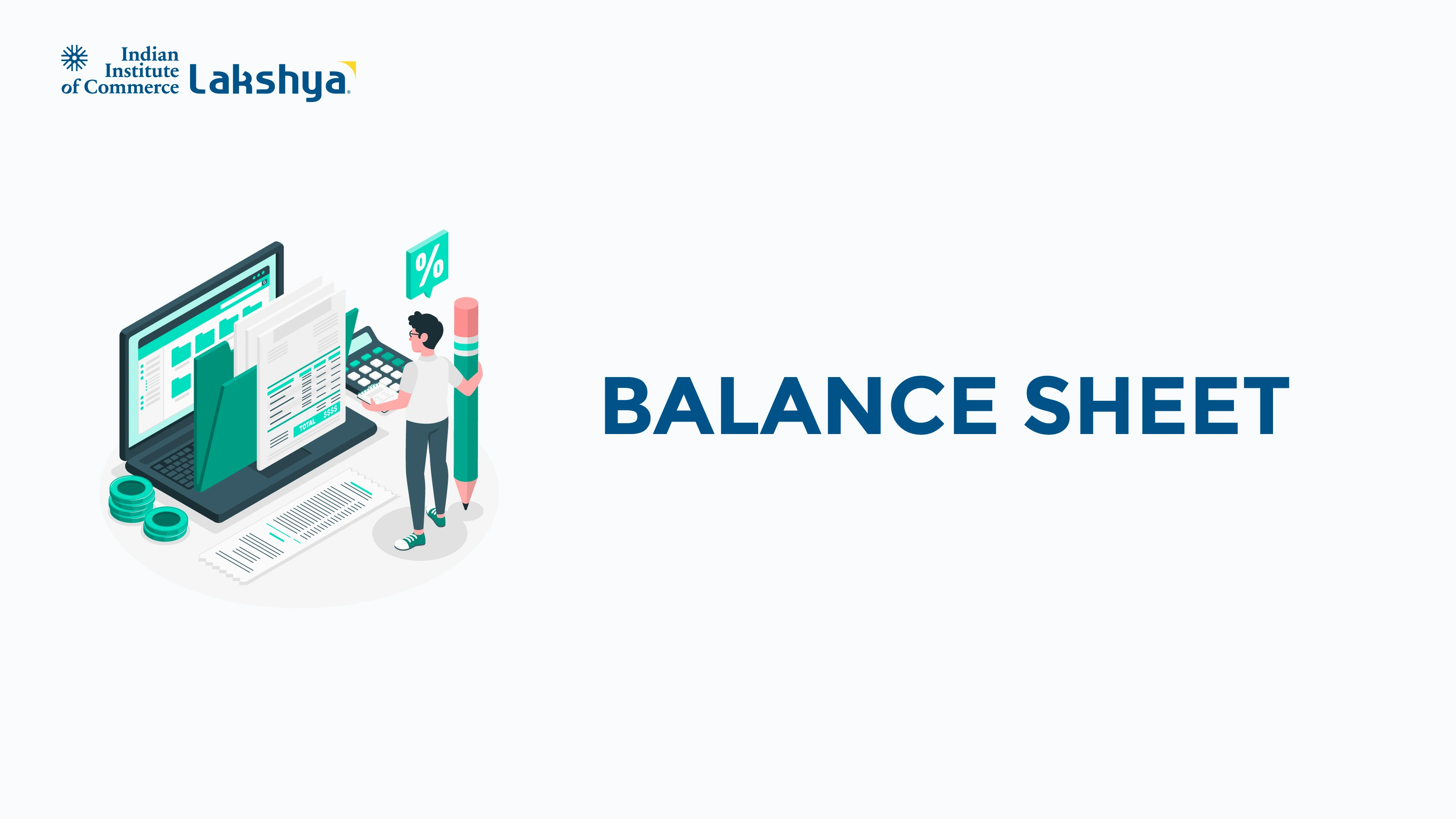Gaining Ratio
Last Updated On -13 Jun 2025

In the field of partnership accounting, variations in the partnership structure, such as retirement, death, or change in profit-sharing ratios, are somewhat frequent. One of the fundamental ideas that surfaces throughout such transformations is the Gaining Ratio. Maintaining equity among partners and guaranteeing the proper accounting treatment of changes like goodwill and revaluation of assets depend on an awareness of gaining ratio.
This article will elucidate the definition of the gaining ratio, its significance, and its computation in specific scenarios. This concept is essential to understand, whether you are interested in partnership accounting or preparing for tests as a commerce student.
What is Gaining Ratio?
The ratio whereby the remaining partners acquire the stake of the departing partner in the company is known as the gaining ratio. It depicts the additional profit each surviving partner would get following the death or retirement of one of the others. Its main purpose is to ascertain the degree of goodwill each acquiring partner has to pay to the departing partner.
Simply said, the gaining ratio determines how much B and C would be receiving from A's portion of the company should Partner A retire and Partners B and C stay.
Formula for Gaining Ratio
In partnership accounting, particularly in relation to the death or retirement of a partner, knowledge of the gaining ratio is crucial. It ensures that the company maintains financial harmony and assists in the proper distribution of profit shares and goodwill. This idea is essential for tests for commerce students and a useful tool for ethical and precise financial management for upcoming accountants and business owners.
Knowing the gain ratio becomes crucial in the following situations:
- Retirement of a partner
- Partner Death
- Variations in the profit-sharing ratio among partners
- Adoption of a goodwill compensation admission of a partner among previous partner.
But it is most often used when retirement or death is, since the surviving partners have to pay the departing partner their portion of goodwill or reserves. Every last partner's gains are estimated separately. Their new and old shares tell you whether they have lost or gained.
|
Gaining Ratio = New Profit-sharing Ratio - Old Profit-Sharing Ratio |
Calculation of Gaining Ratio Sample
Let us grasp the idea using a useful example:
For example, Partners X, Y, and Z split gains in a 3:2:1 ratio. Retires Partner Z; X and Y agree to split future earnings evenly. The gaining ratio:
First step: X: Y: Z = 3:2:1
Second step: X: Y = 1:1, or 1/2 : 1/2.
Third step: Convert the old ratio to the same denominator.
- Old Share of X = 3/6
- New share of X = ½ = 3/6: No change
- Old share of Y = 2/6
- New share of Y = ½ = 3/6
- Gain of X = 3/6 - 3/6 = 0
- Gain of Y = 3/6 - 2/6 = 1/6
- Gaining Ratio = 3/6 - 2/6 = 1/6
-
Gaining Ratio = X/Y = 0:1, thus, only Y gains from Z’s retirement and must compensate Z for goodwill
Why is Gaining Ratio Important?
Ensuring fair remuneration and seamless changes in a partnership depends critically on gaining ratio. This explains why it's important:
- Goodwill Adjustment: It dictates how goodwill shall be distributed among surviving partners upon paying the departing partner compensation.
- Capital Reallocation: Reallocation of capital aids in the suitable adjustment of the capital accounts.
- Fairness and Accuracy: Maintaining fairness after a change in ownership guarantees the proper distribution of responsibilities and earnings, ensuring fairness and accuracy.
-
Transparency: It helps to facilitate information sharing.
Key Difference Between Gaining Ratio and Sacrificing Ratio
In partnership accounting, the concepts of Gaining Ratio and Sacrificing Ratio are crucial during changes in the partnership structure, such as when a new partner is admitted, or an existing partner retires. These ratios help determine how profits or losses should be shared among partners when ownership changes. While they sound similar, they serve very different purposes.
The key difference between gaining ratio and sacrificing ratio is tabulated below:
|
Basis |
Gaining Ratio |
Sacrificing Ratio |
|
Meaning |
Extra profit share gained by continuing partners |
Profit share given up by partners |
|
Used when |
On retirement or death of a partner |
On admission of a new partner |
|
Purpose |
To compensate outgoing partner for goodwill |
To determine goodwill share for new partner |
|
Calculation |
New Ratio - Old Ratio |
Old Ratio - New Ratio |
|
Did you know? |
Explore More
Dreaming about all the latest news and information on academics? No worries, read our Commerce Topics and learn more!
Frequently Asked Questions (FAQs)
Can the new ratio equal the gaining ratio?
Indeed, the gaining ratio could coincide with the new ratio if the departing partner's share is accepted equally by all and the new ratio is likewise distributed.
Does admission of a new partner follow a gaining ratio?
Not so in the case of admission; we apply a sacrifice ratio. Gaining ratio is important either in the death of a companion or in retirement.
Should none of my partners show any improvement, what happens?
In such circumstances, the ratio stays the same, or the portion of the retiring partner is not distributed. It could also point to a loss or sacrifice made by every partner.








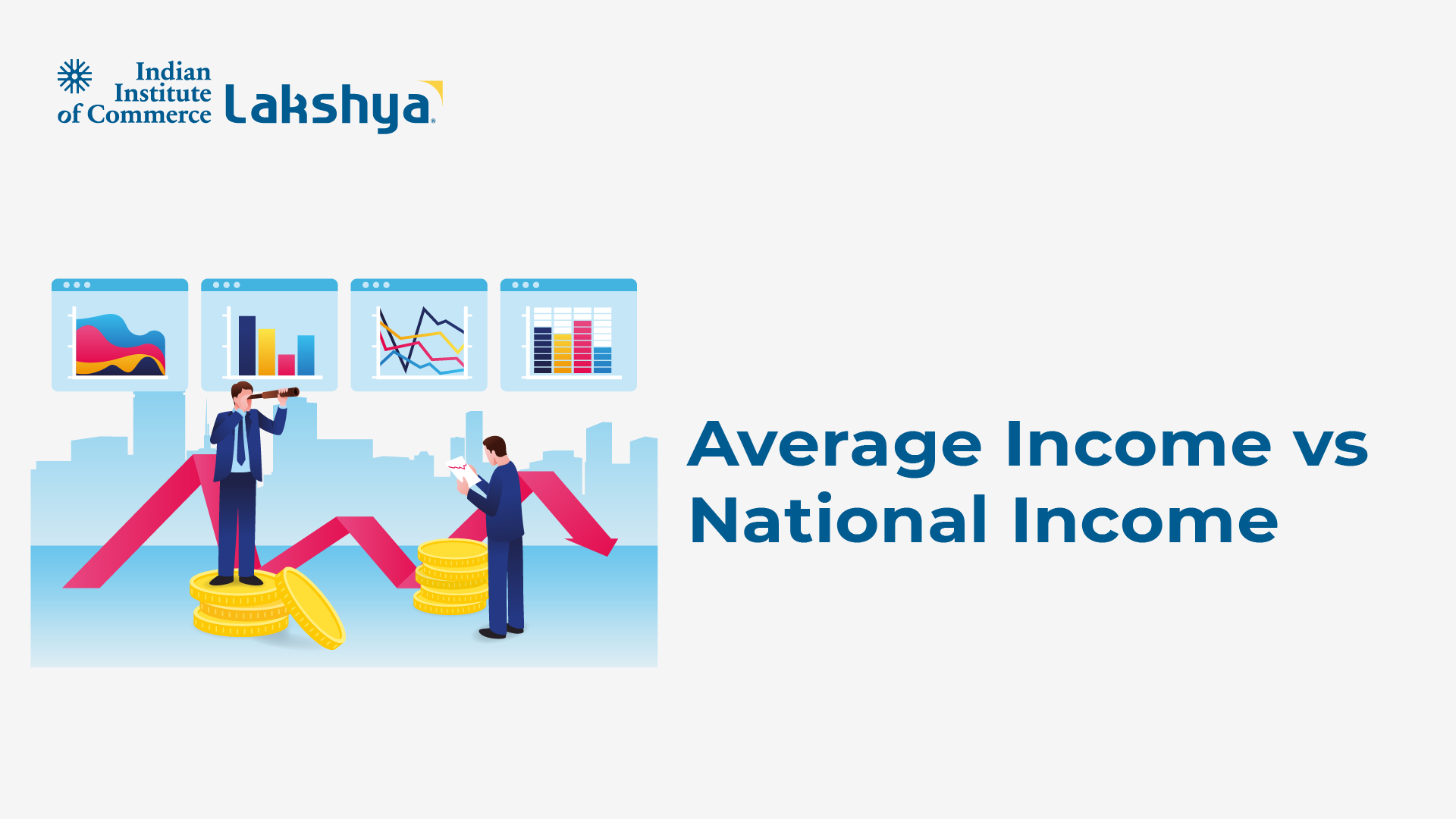


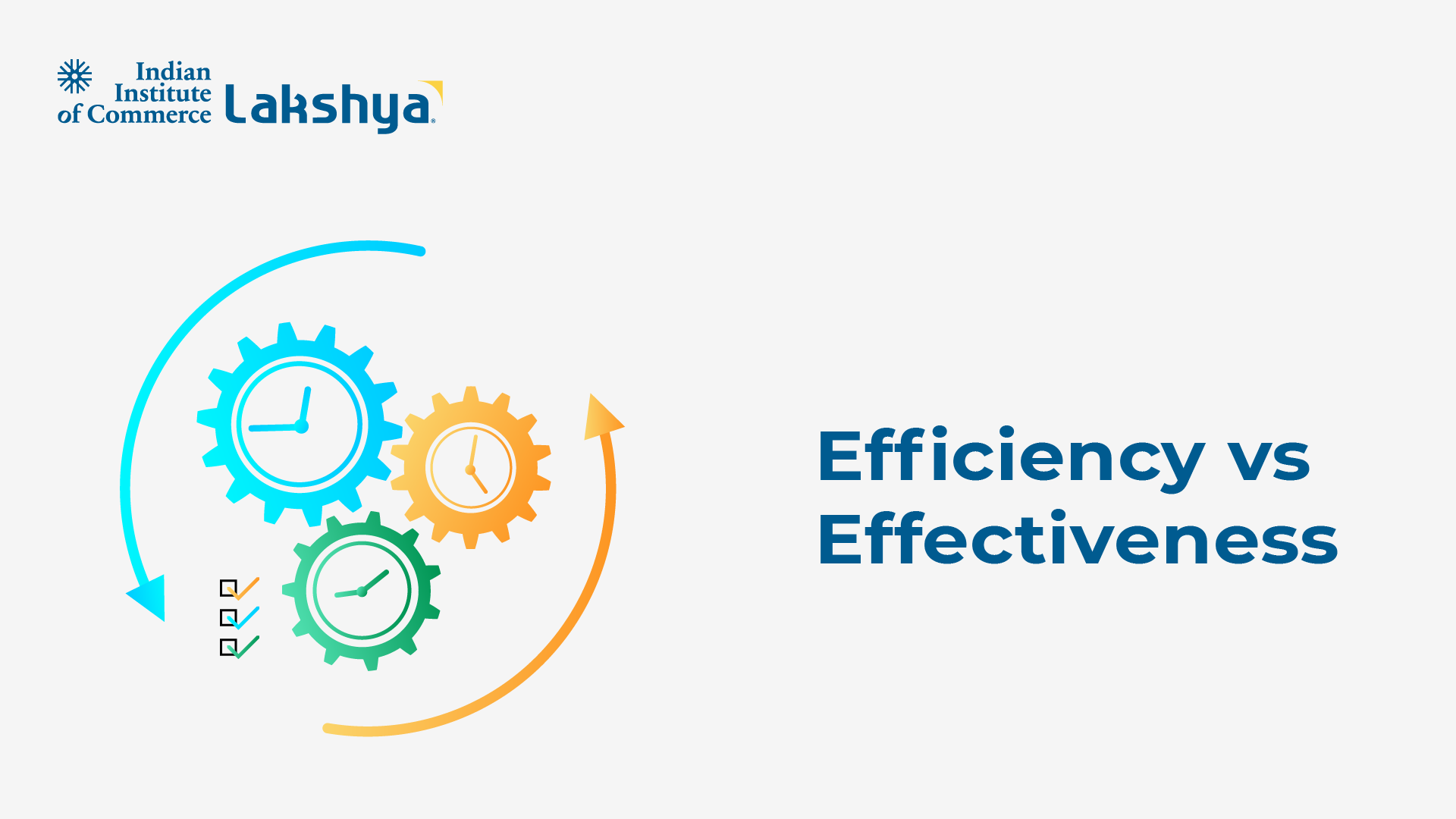














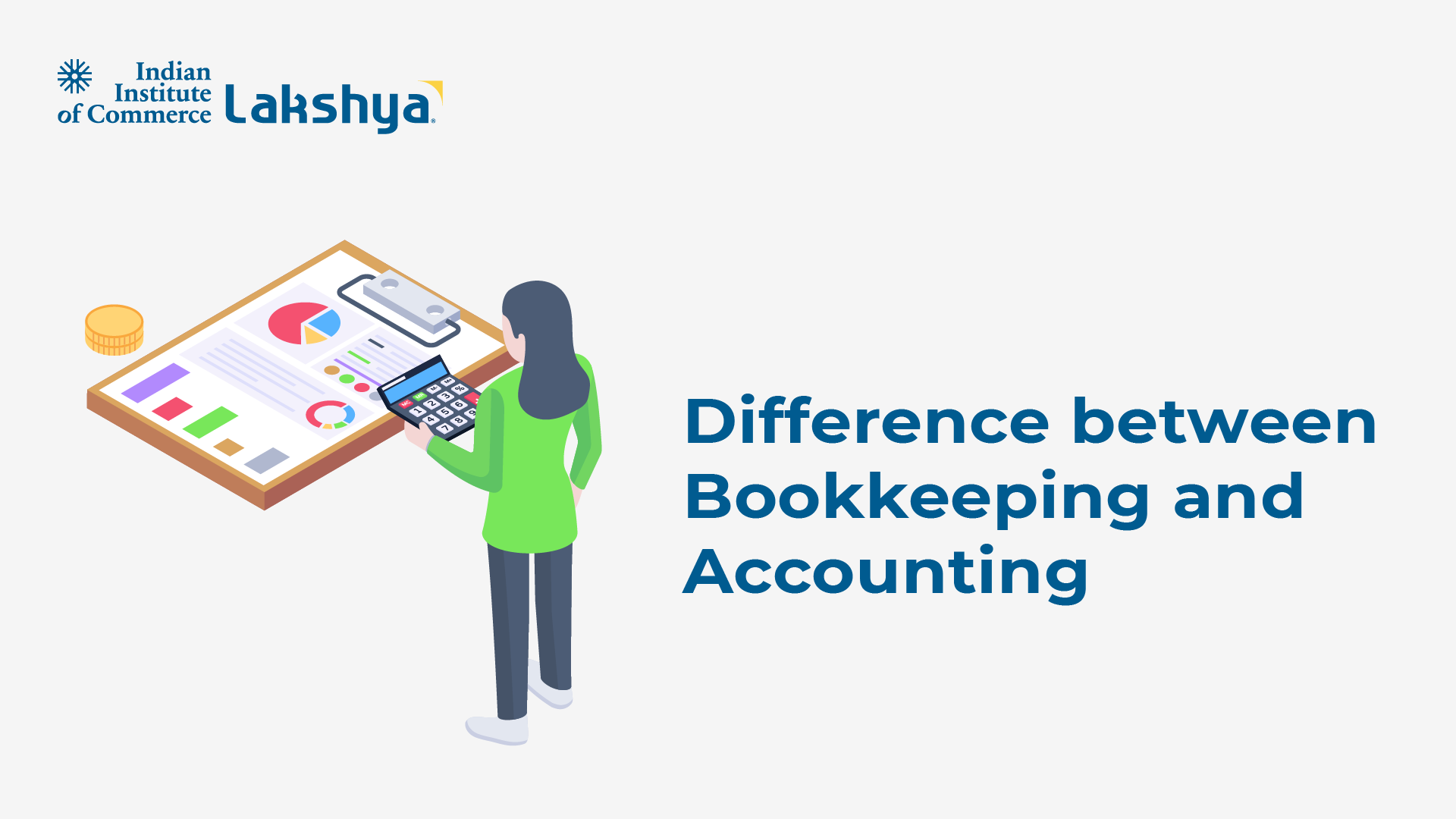






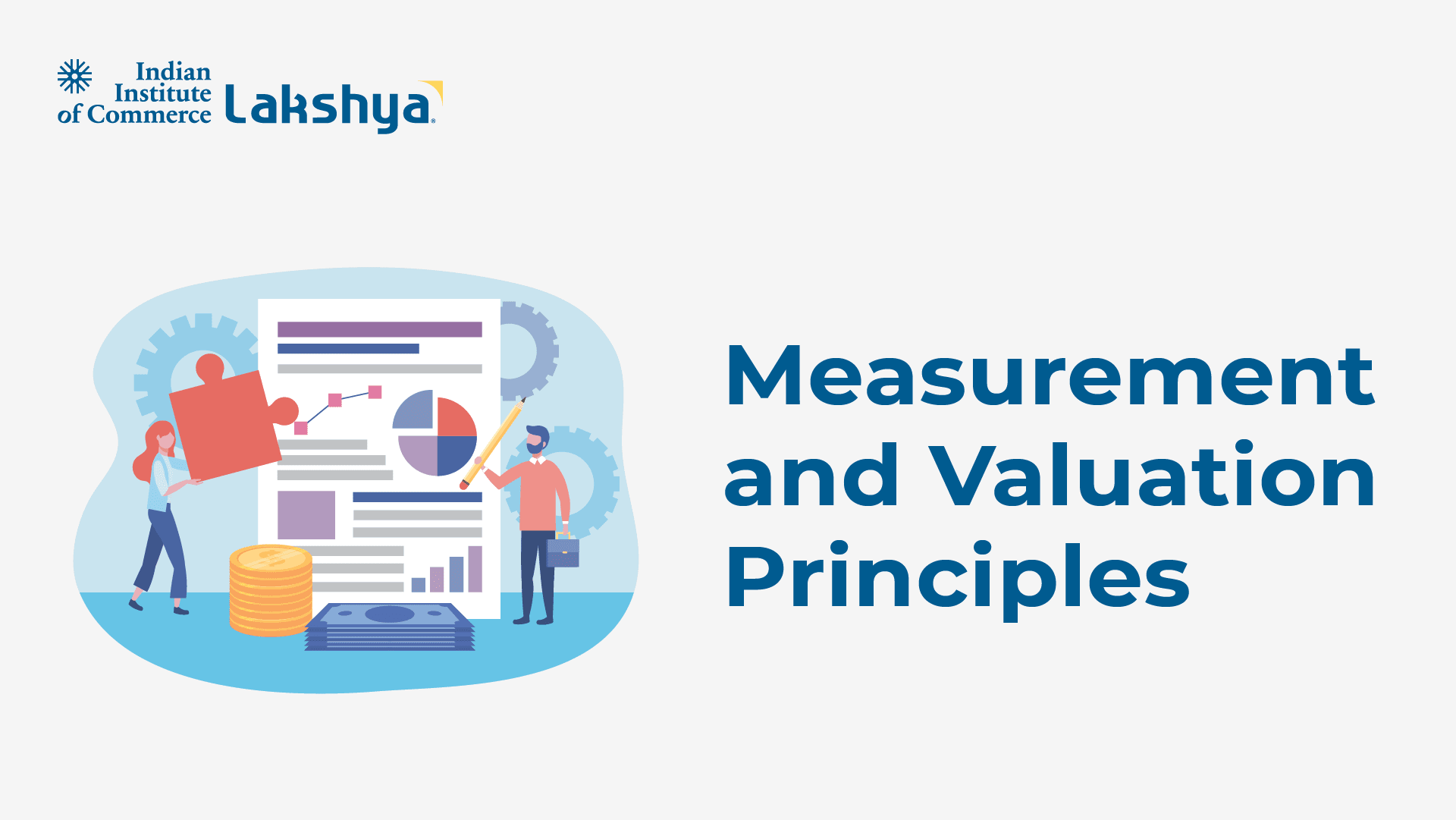





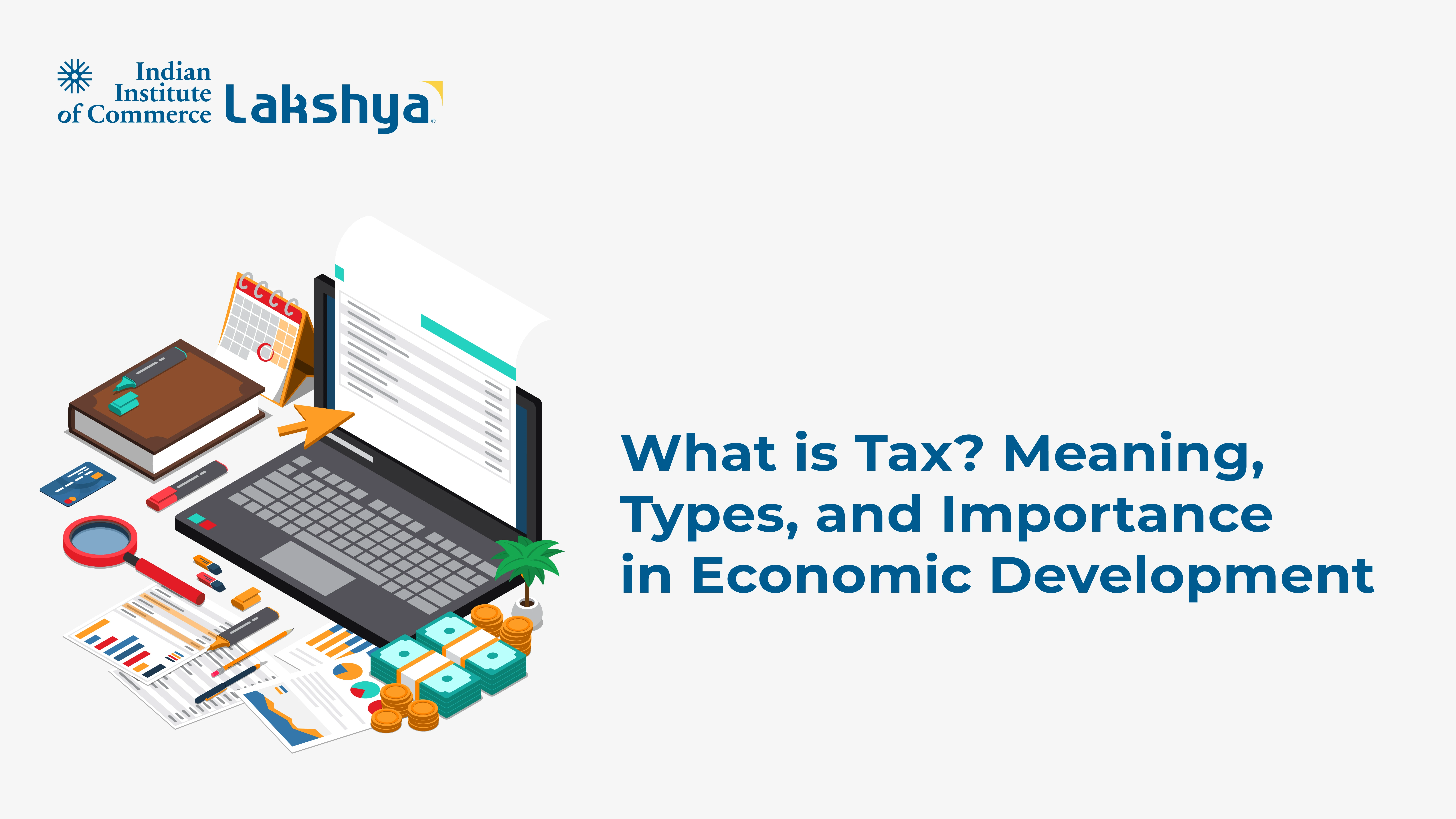

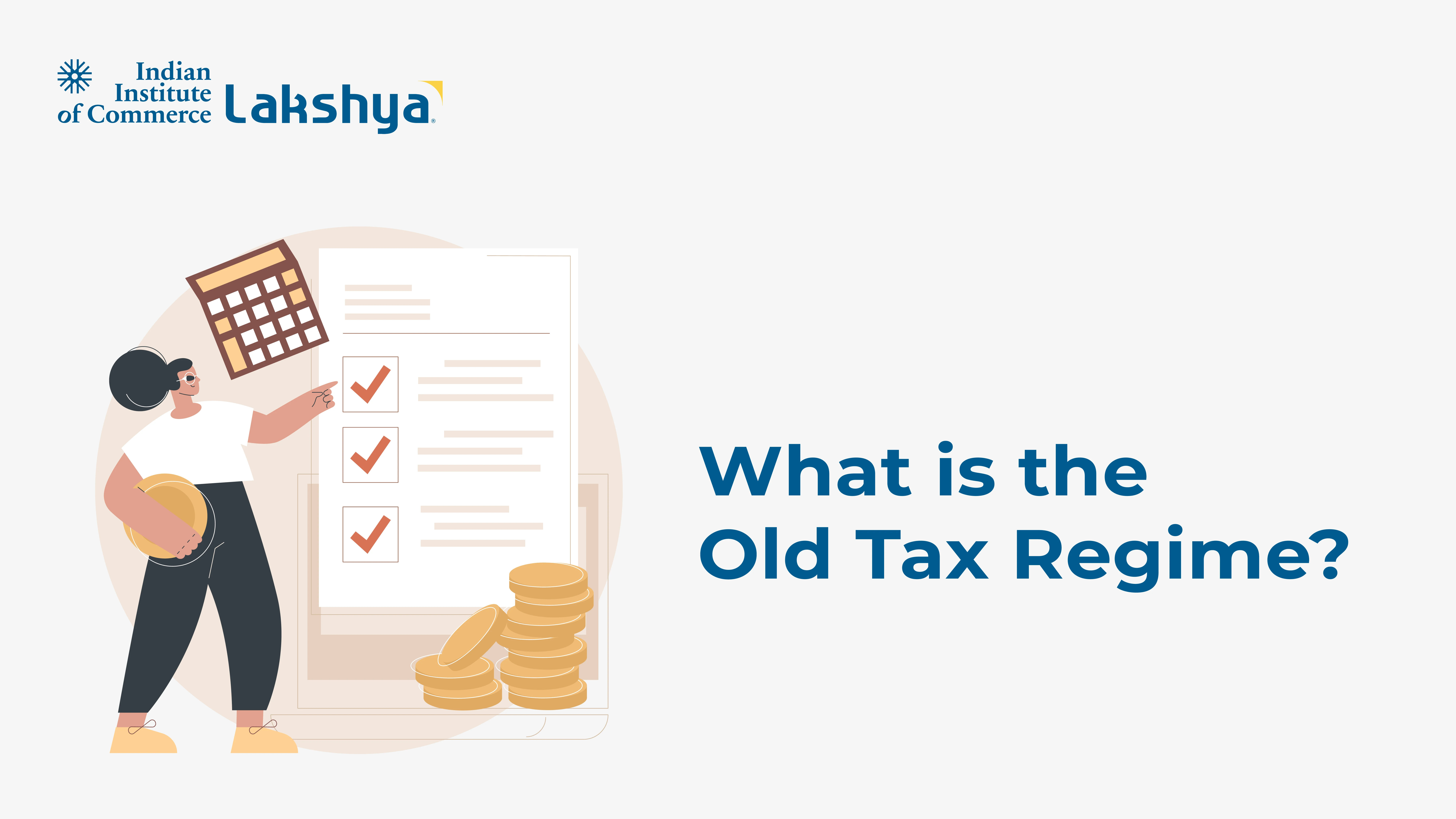




















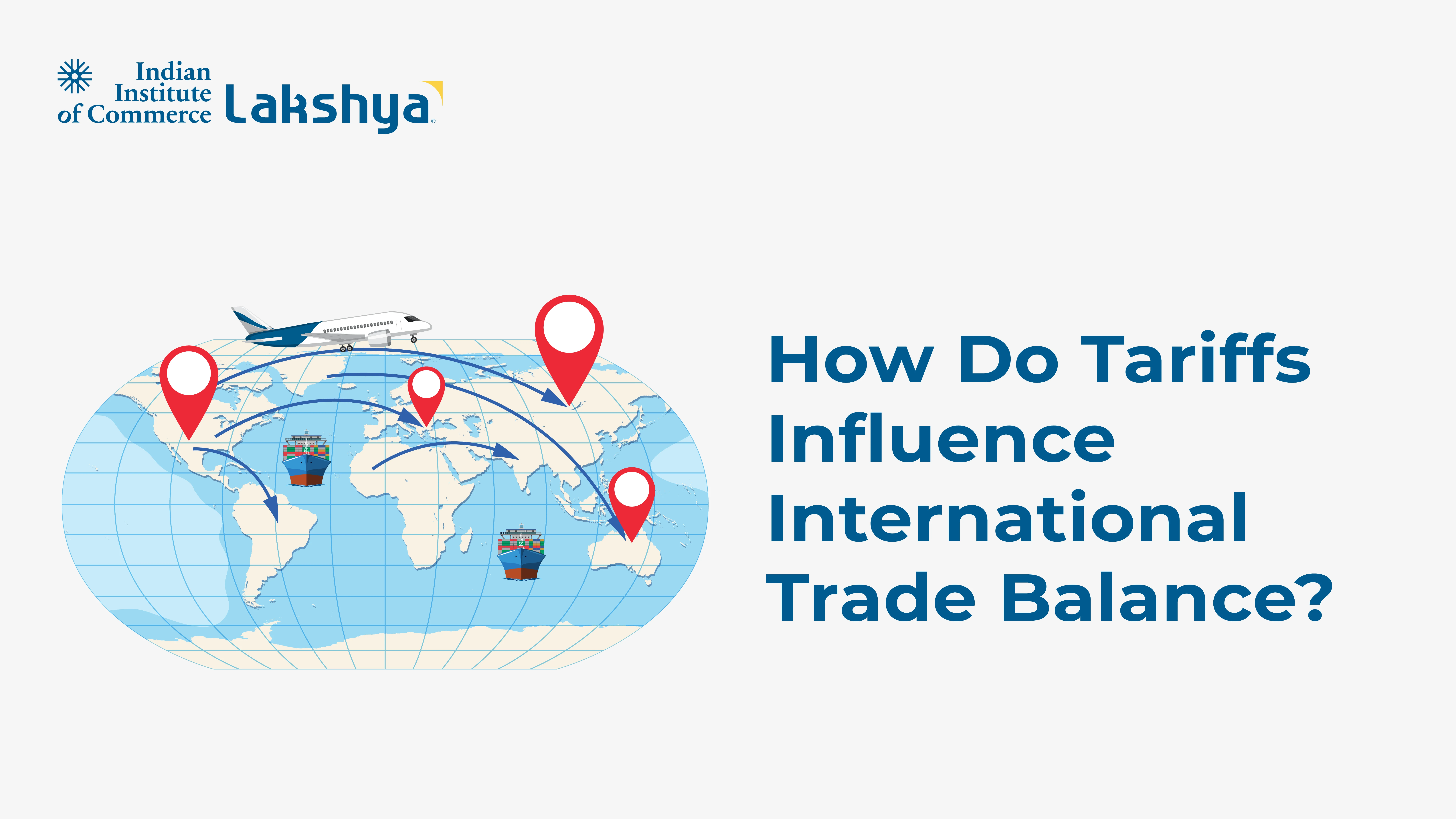























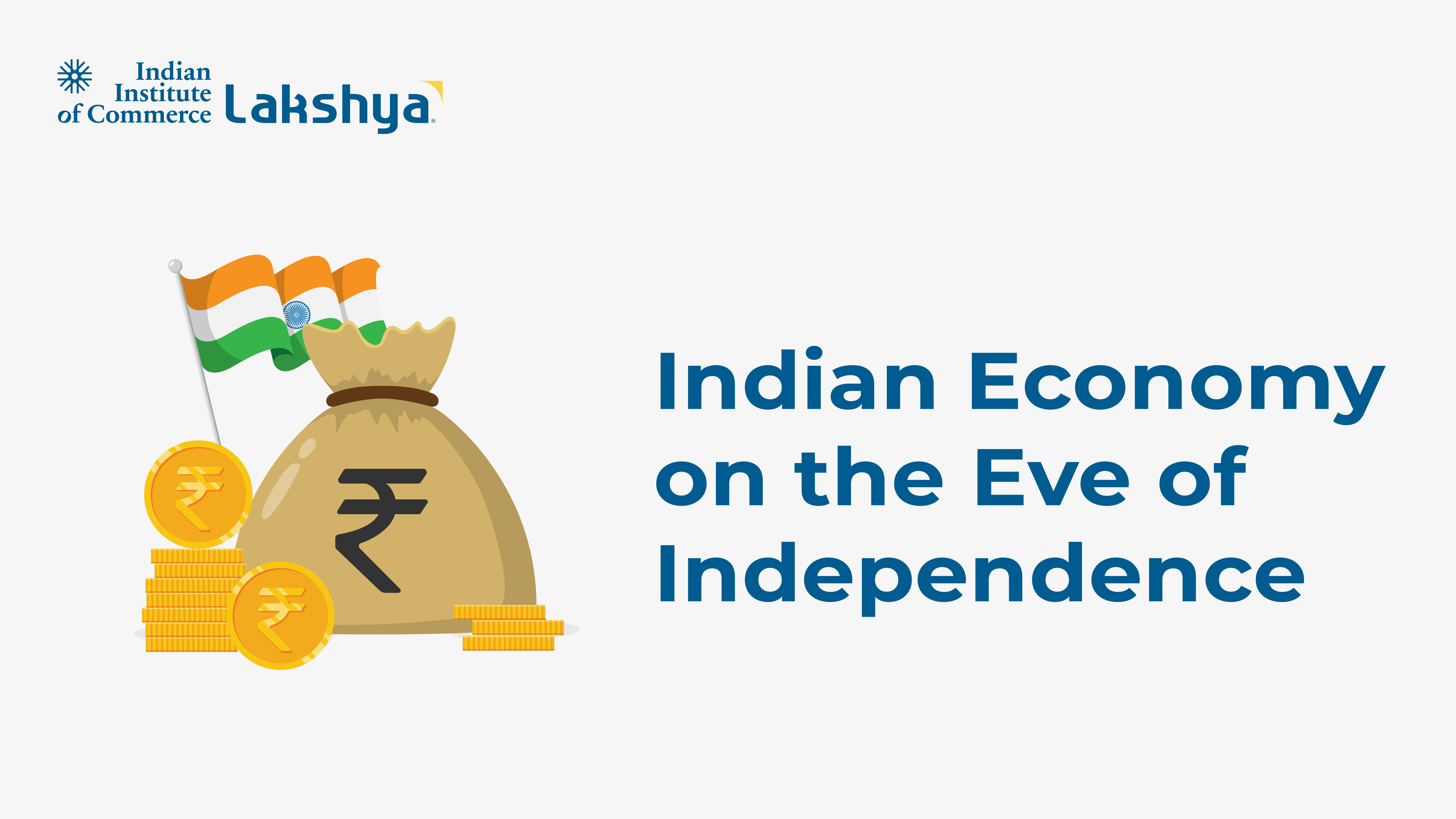











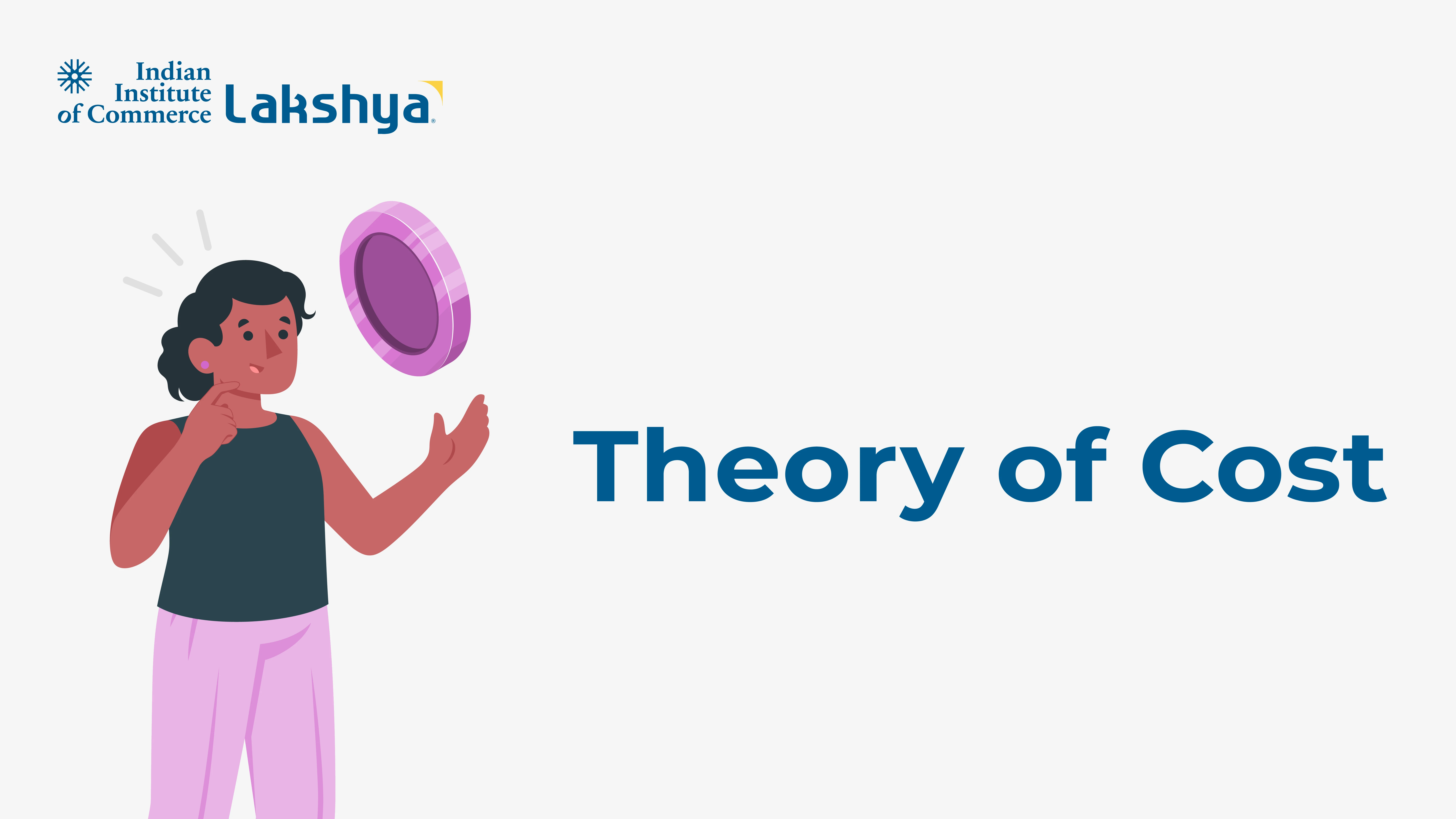

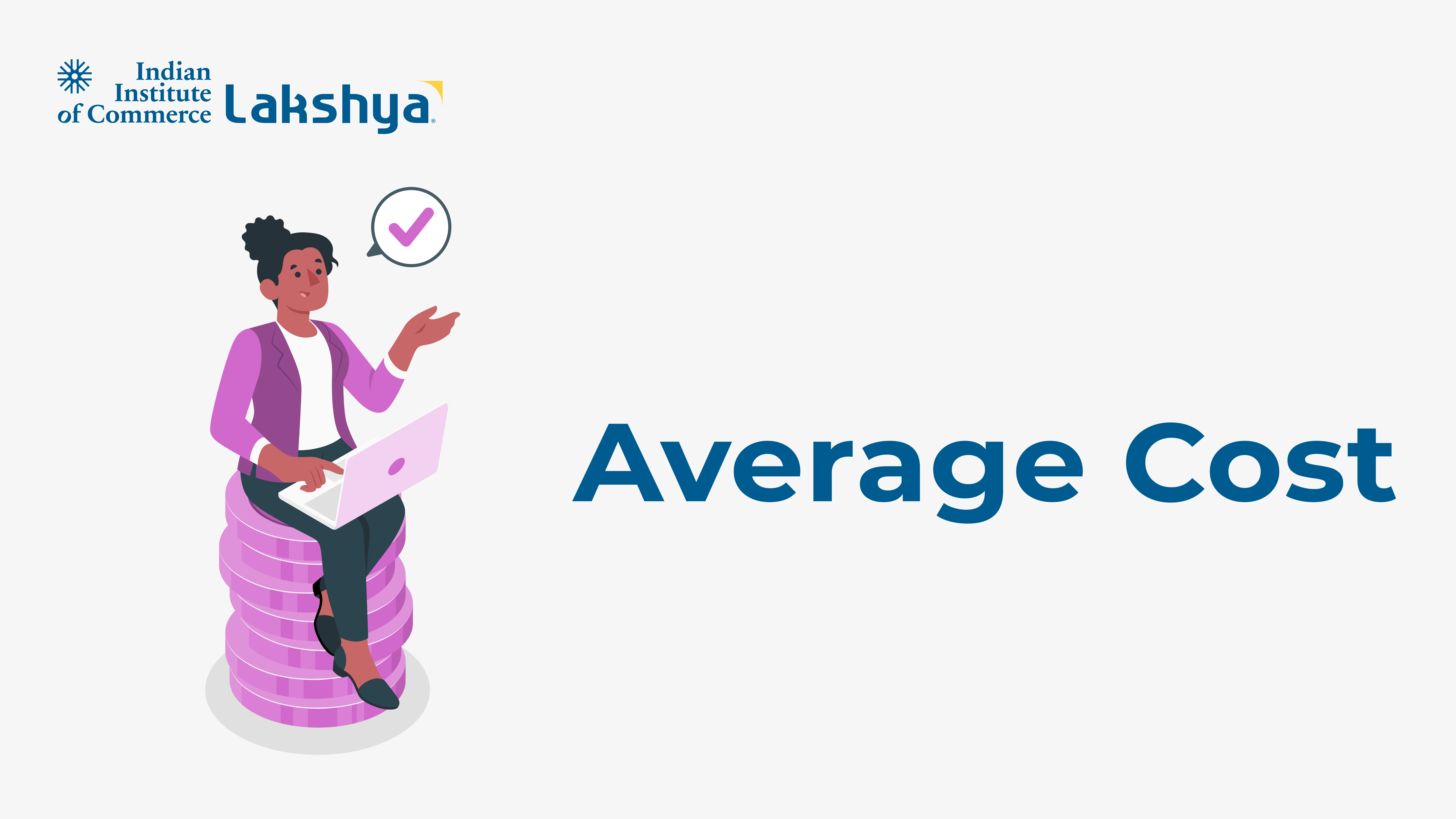










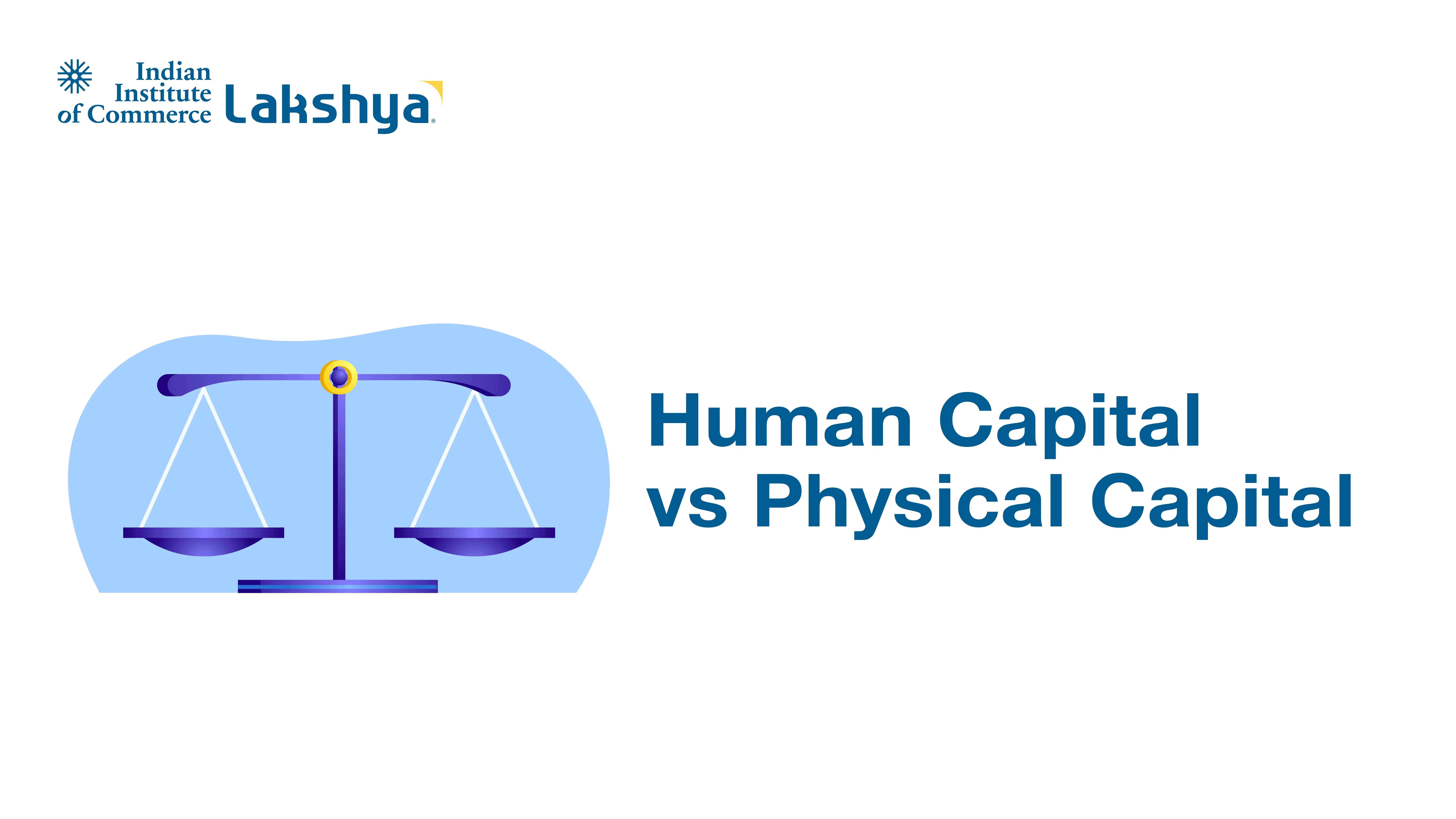
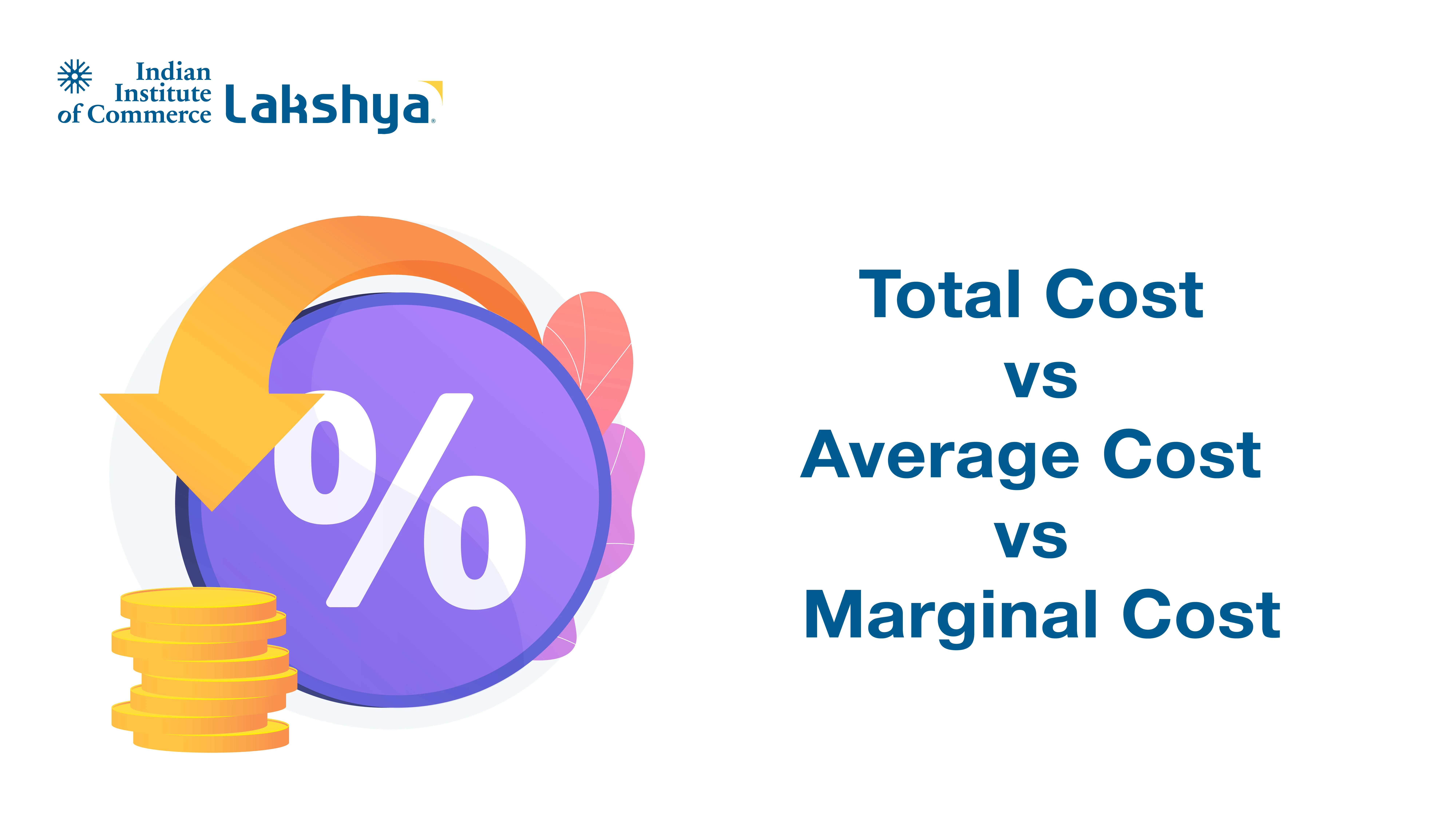












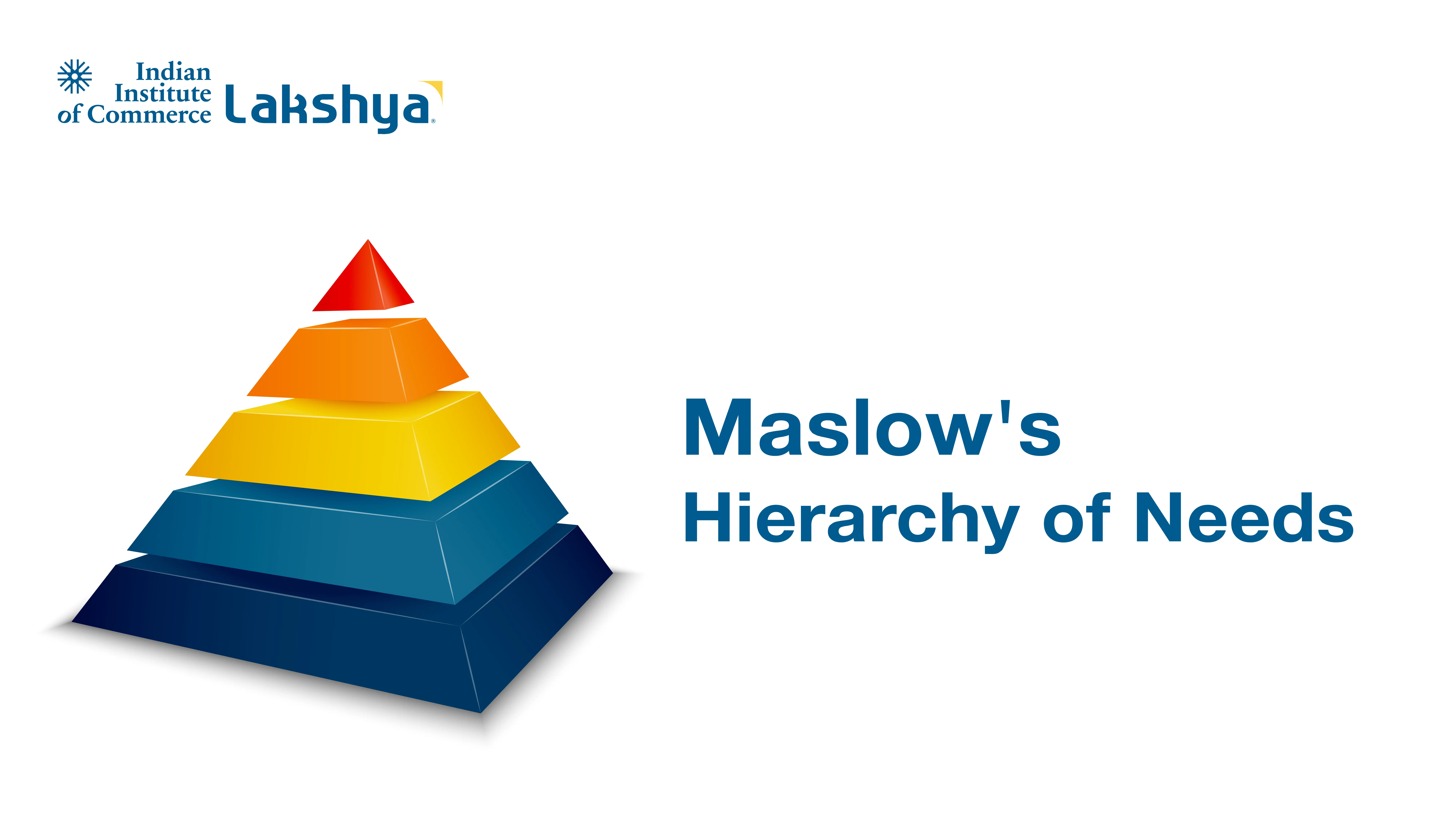




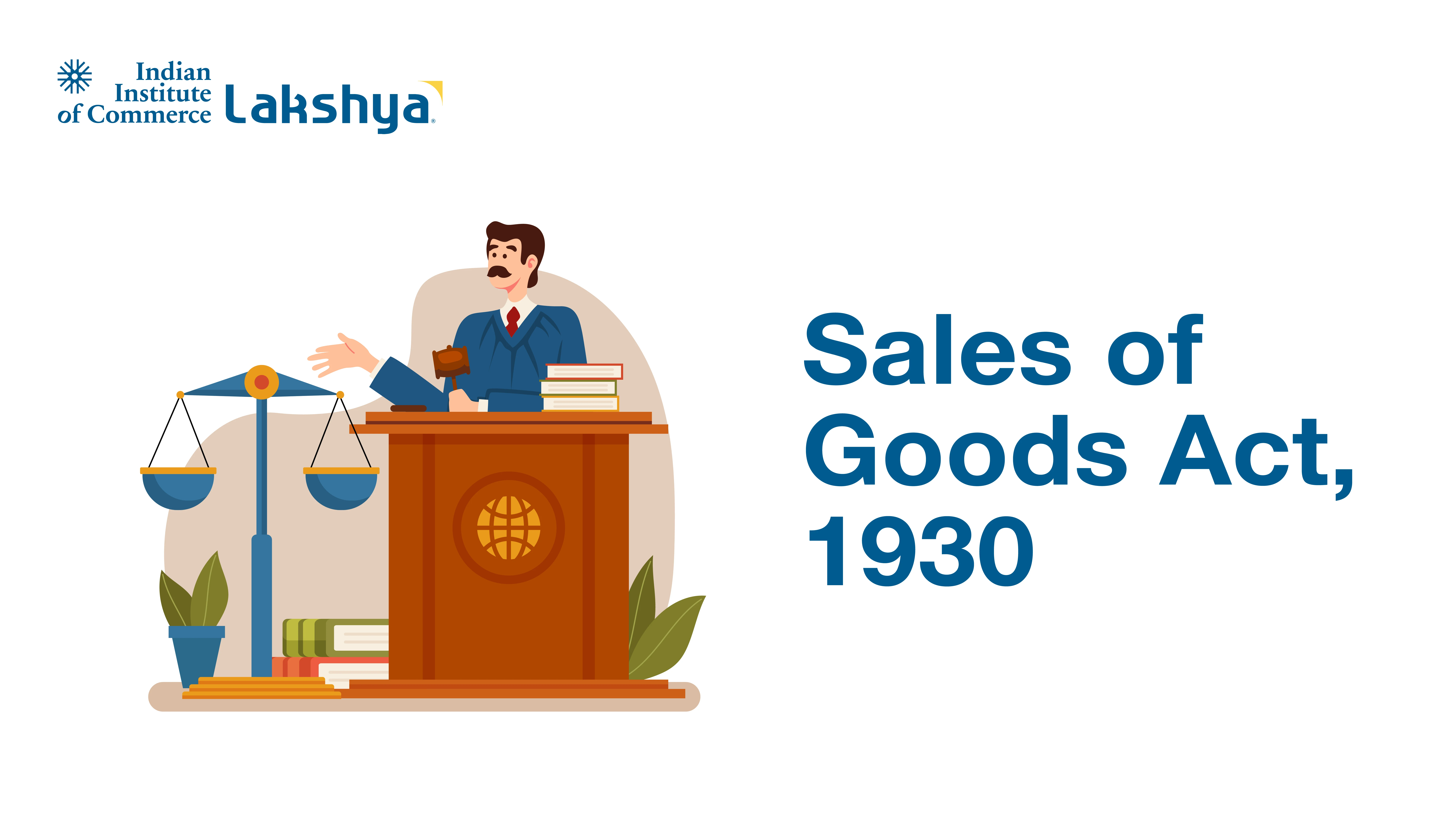




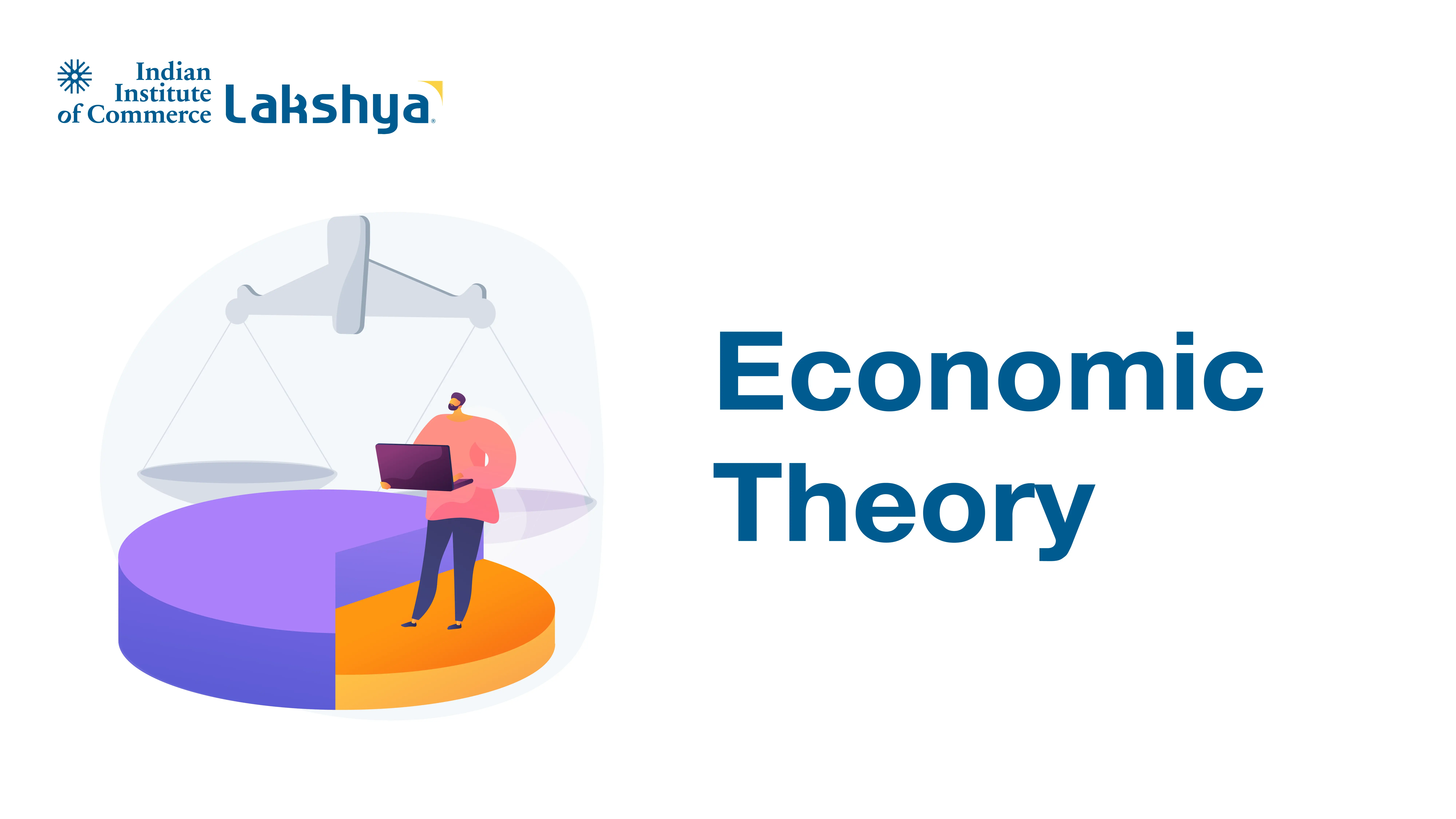






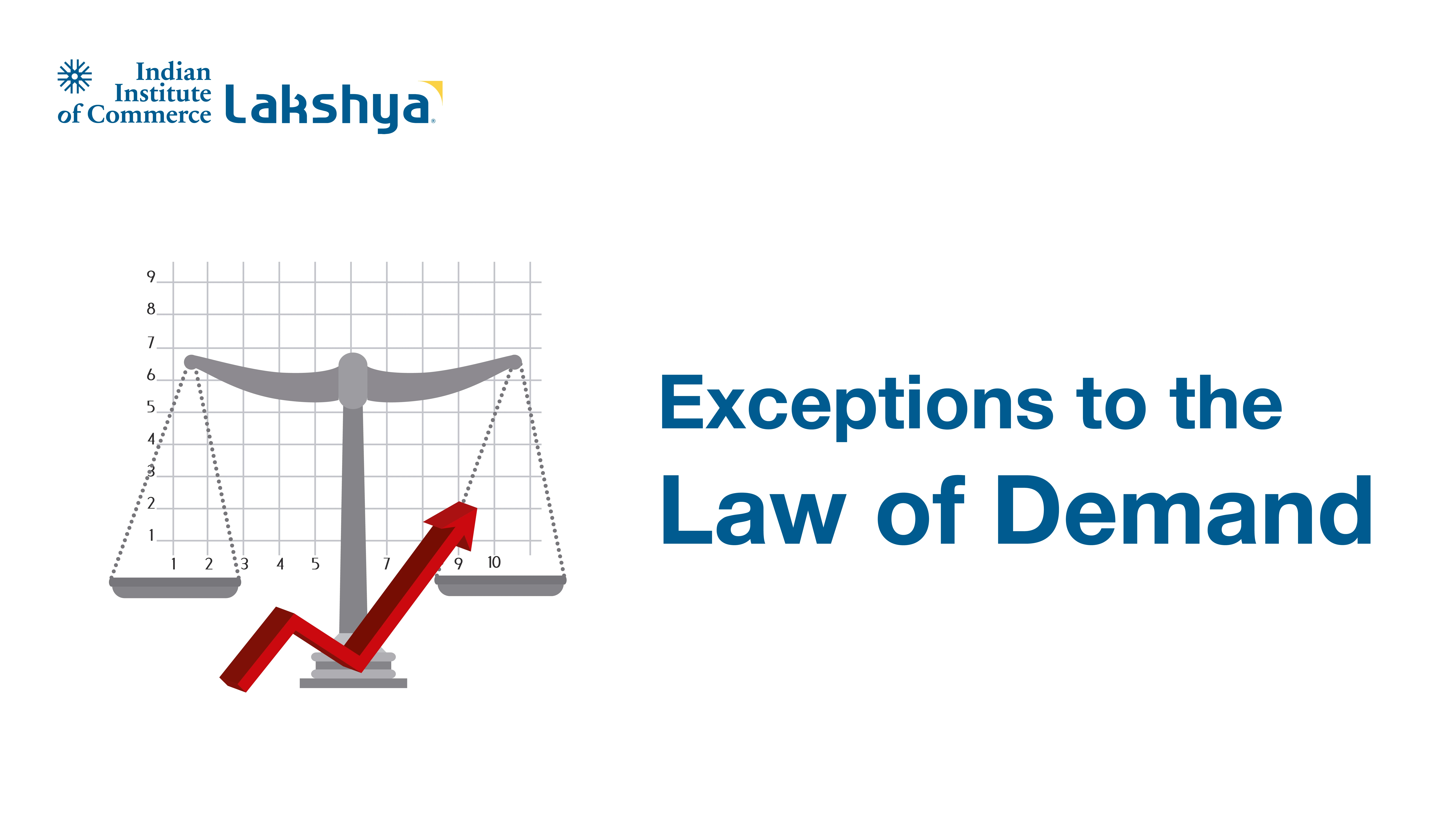




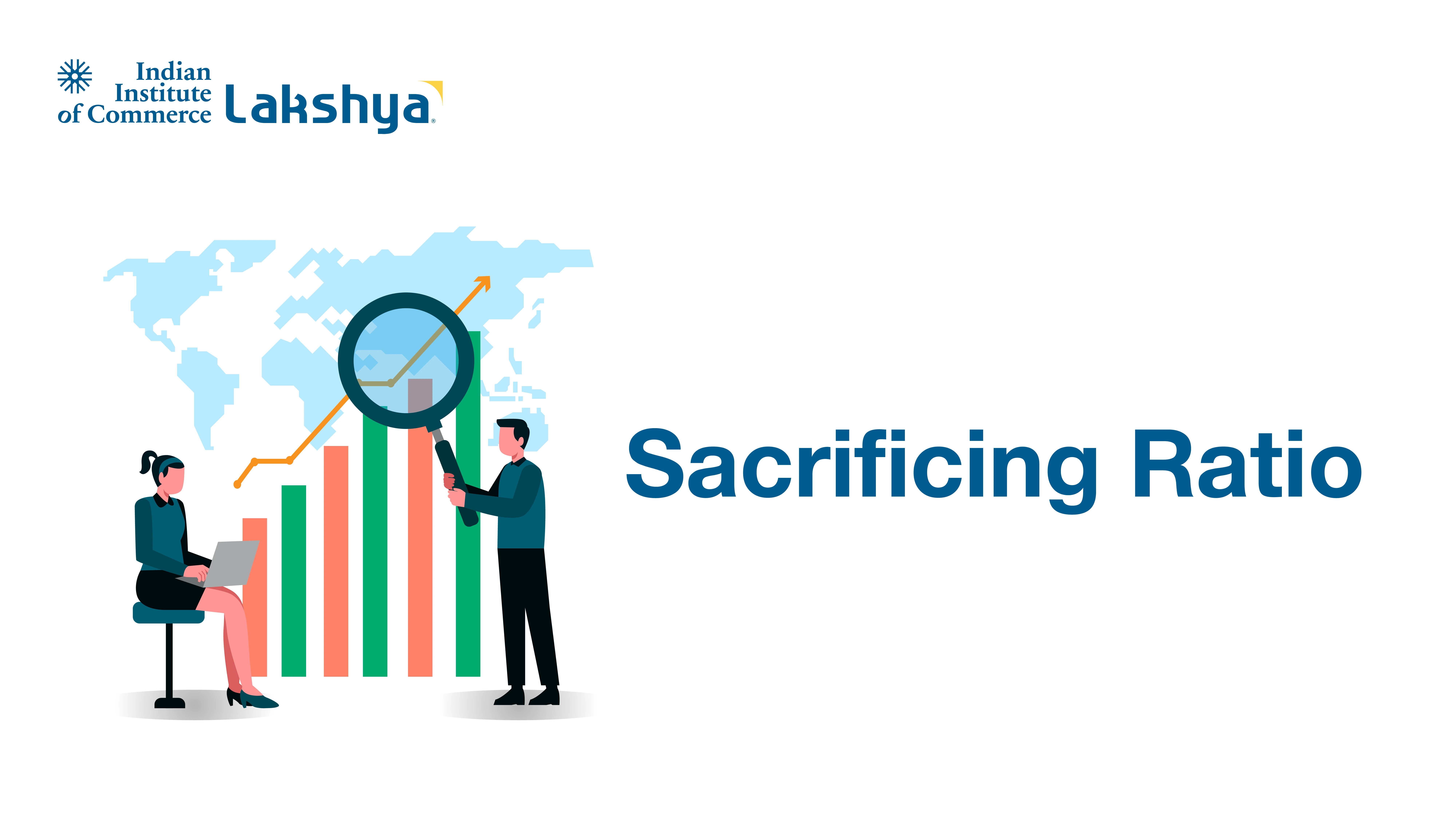
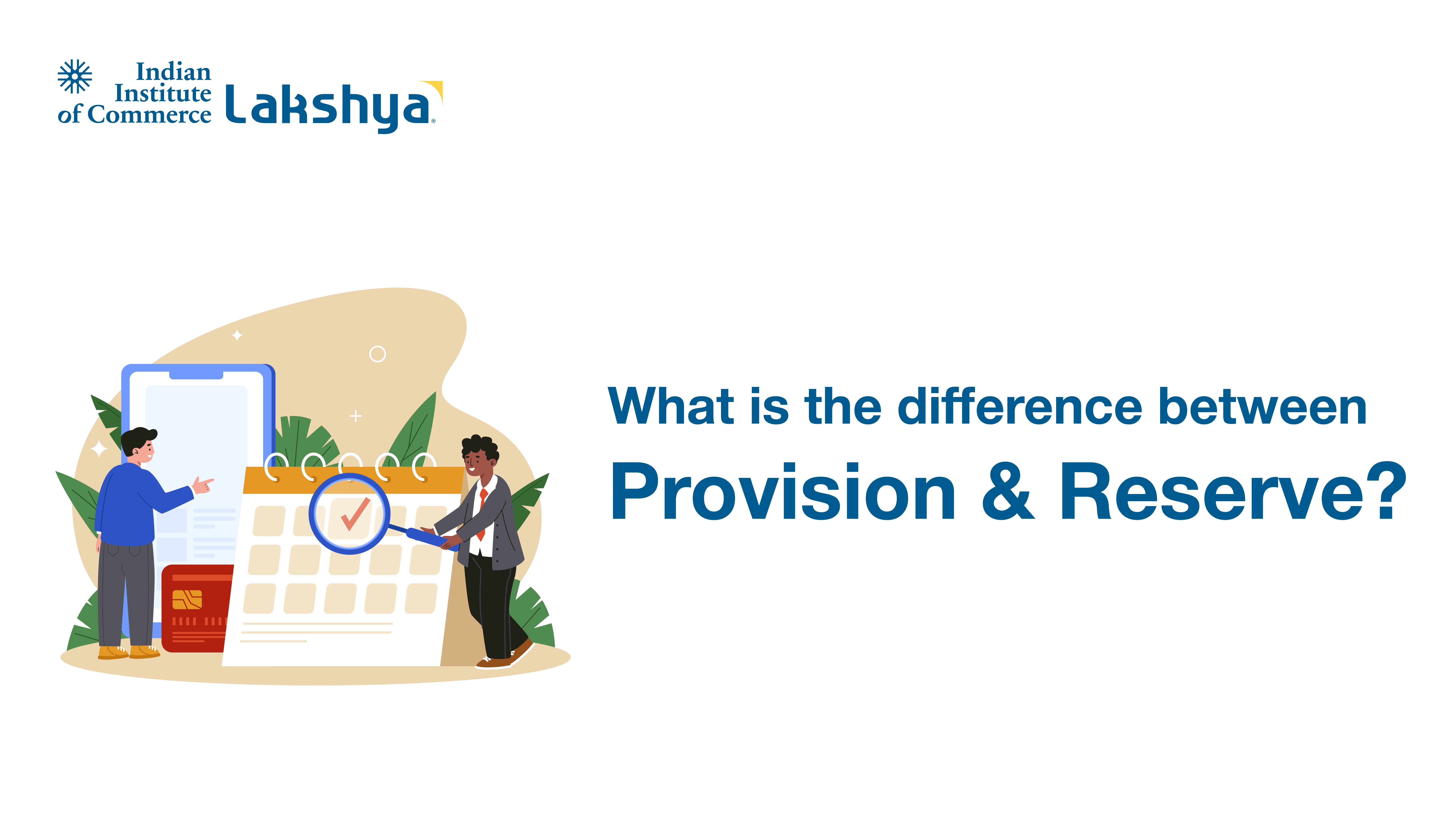



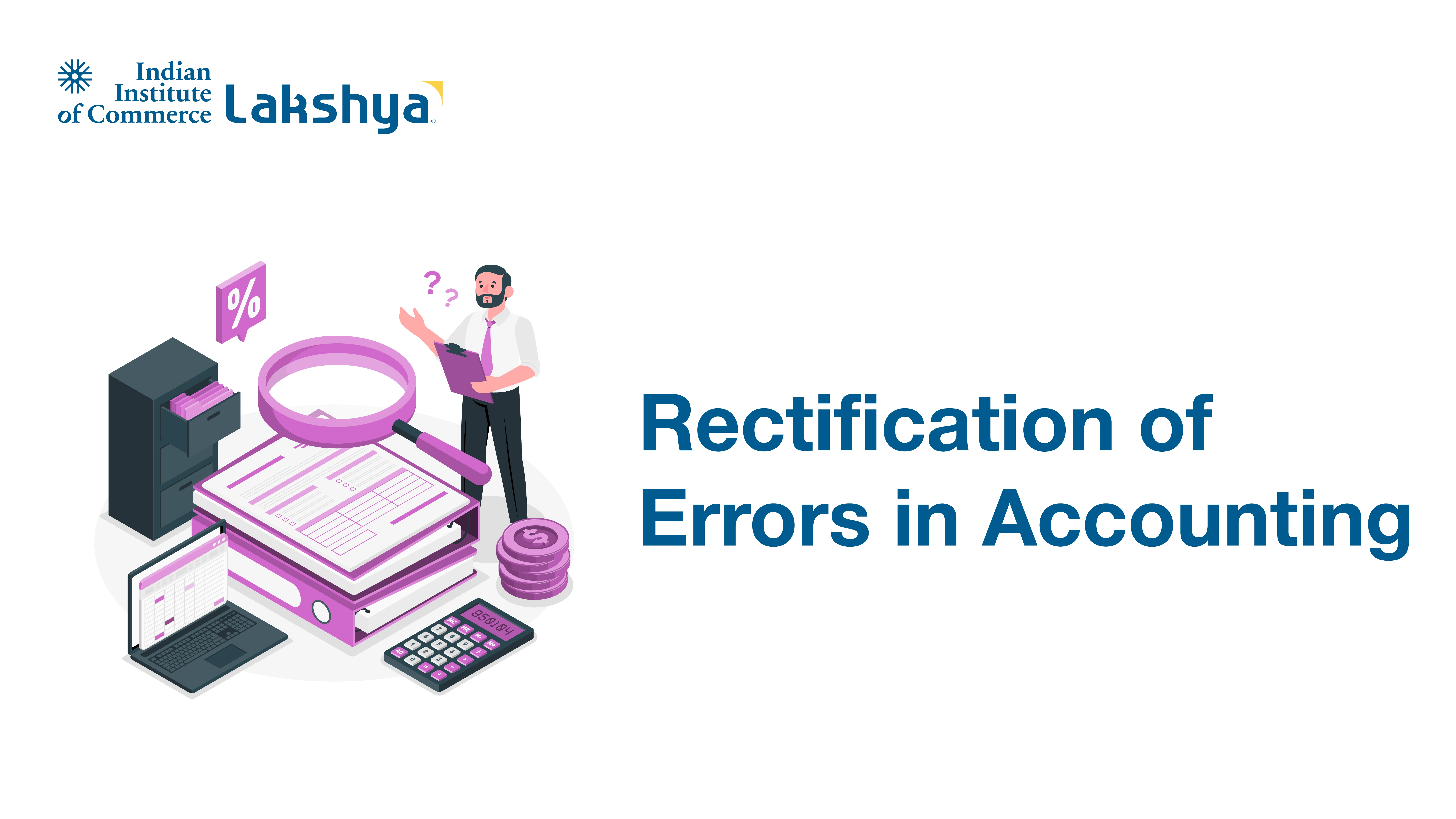
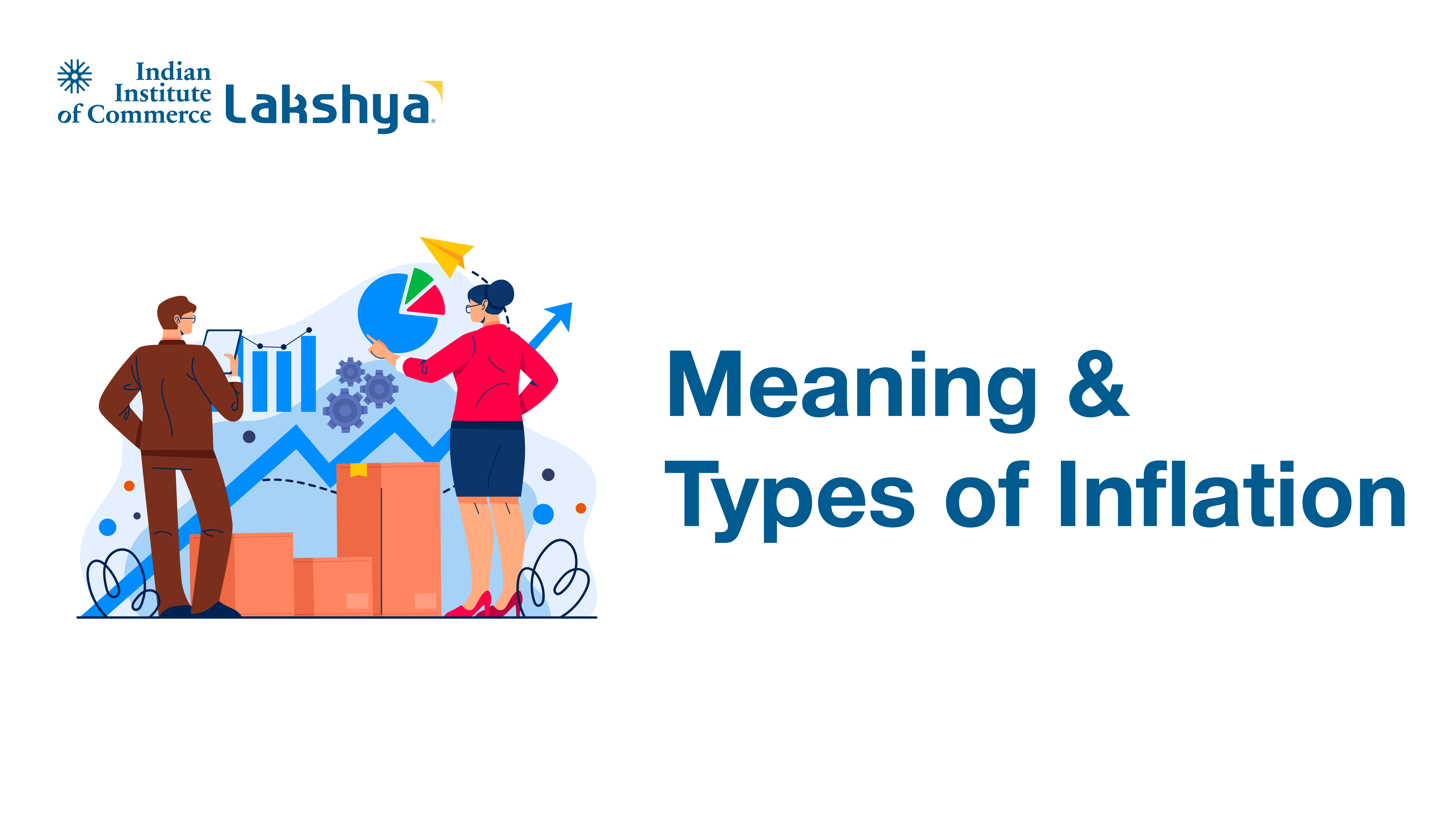




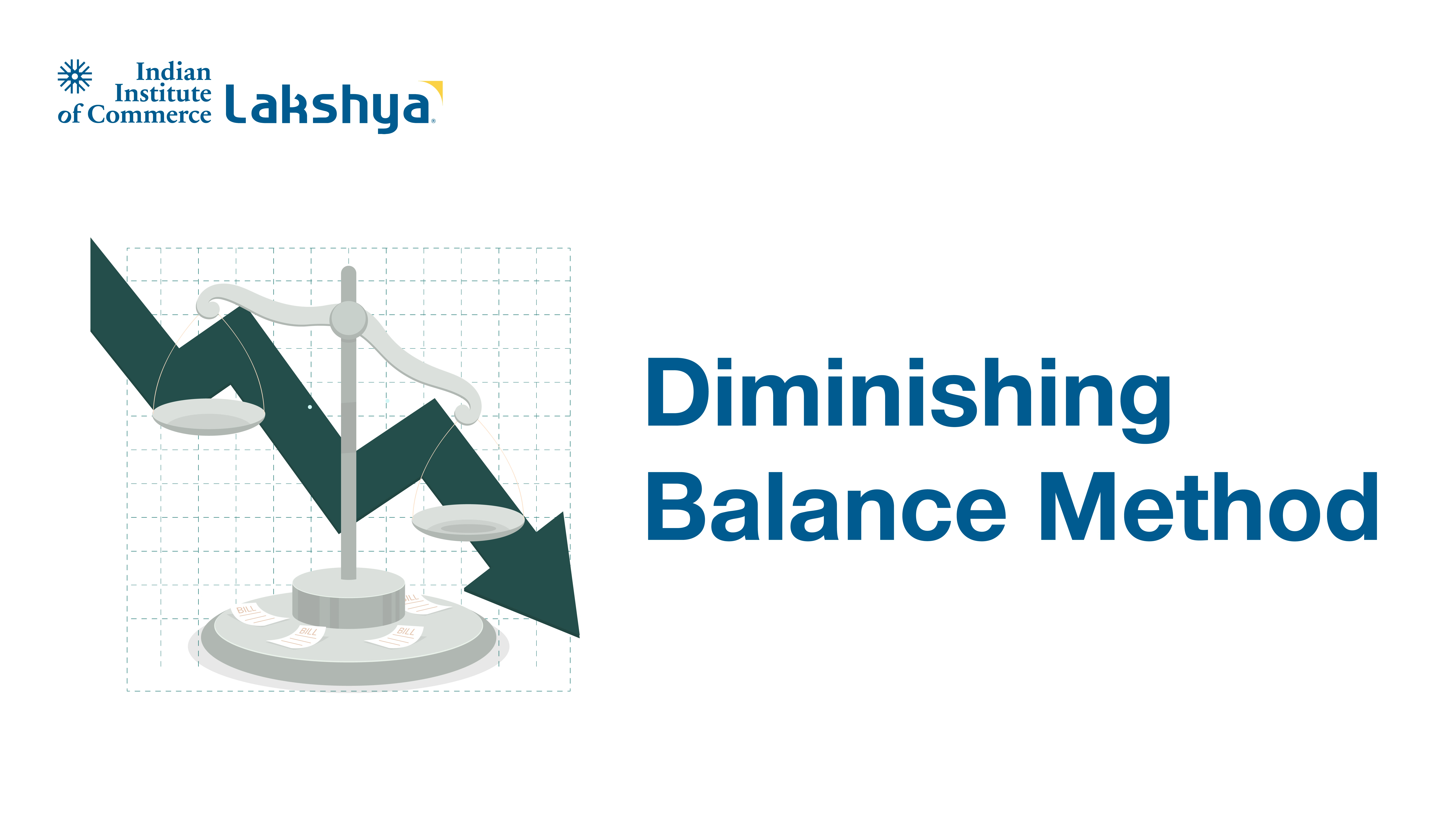


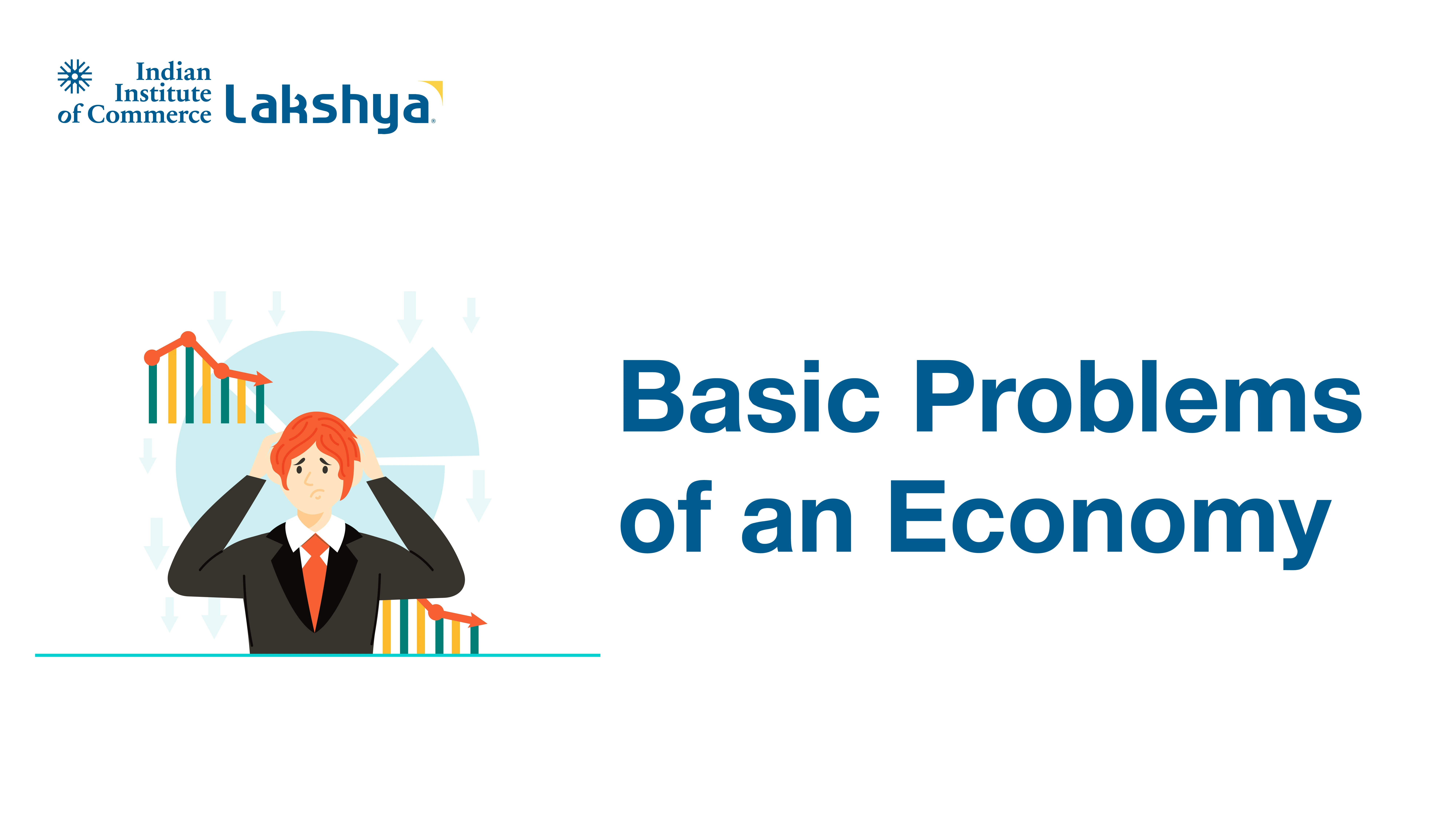



















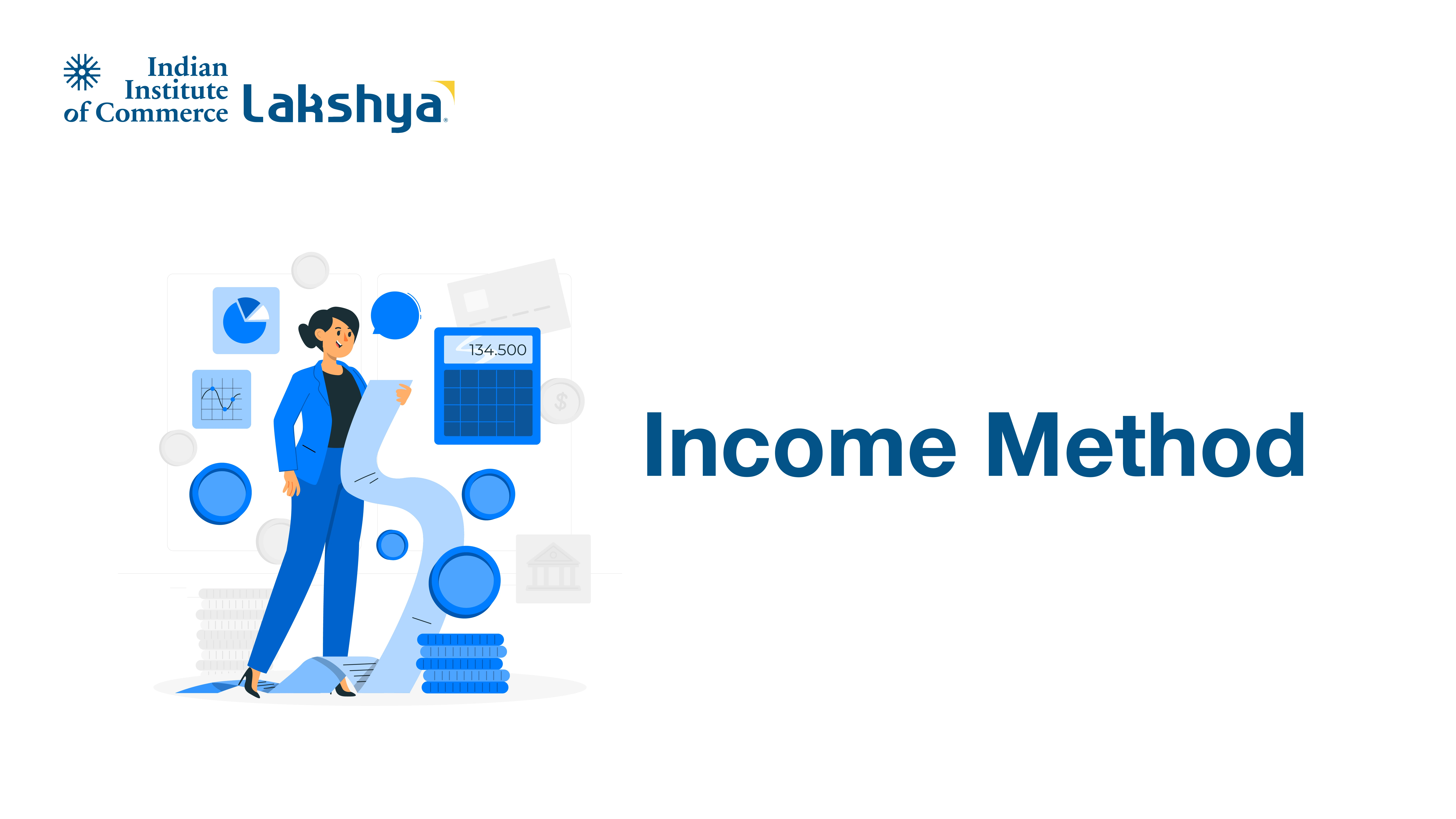





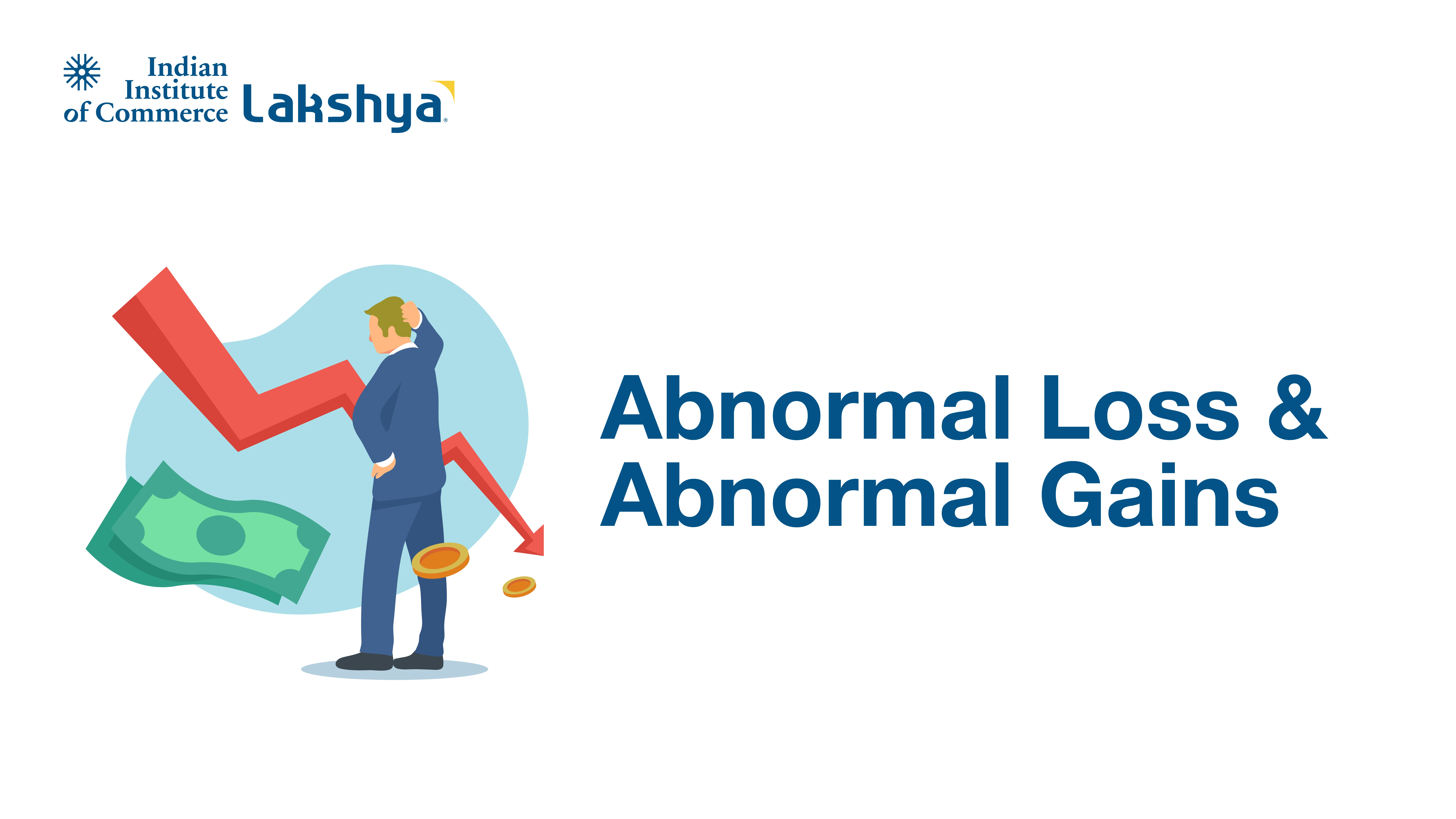


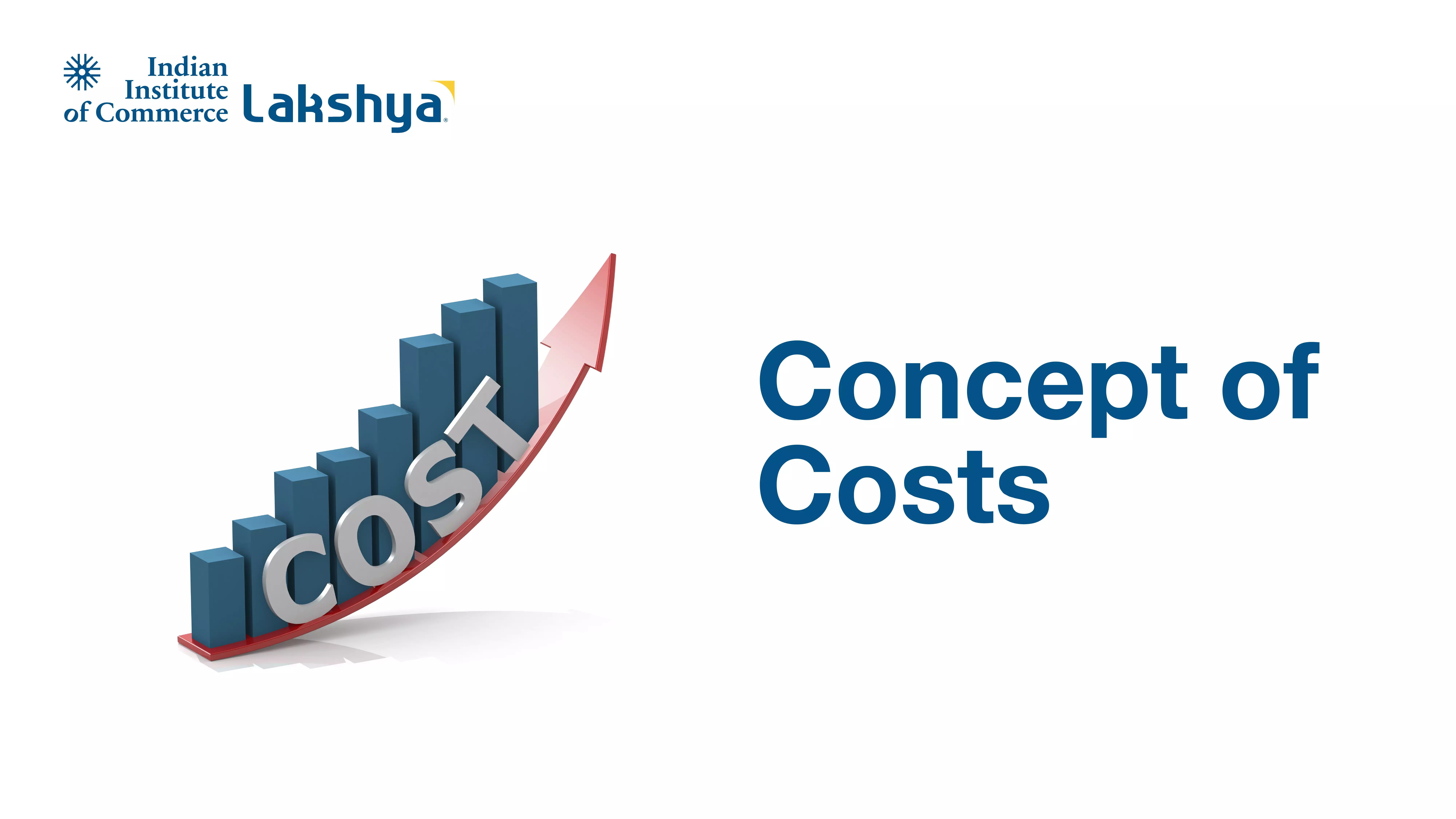


















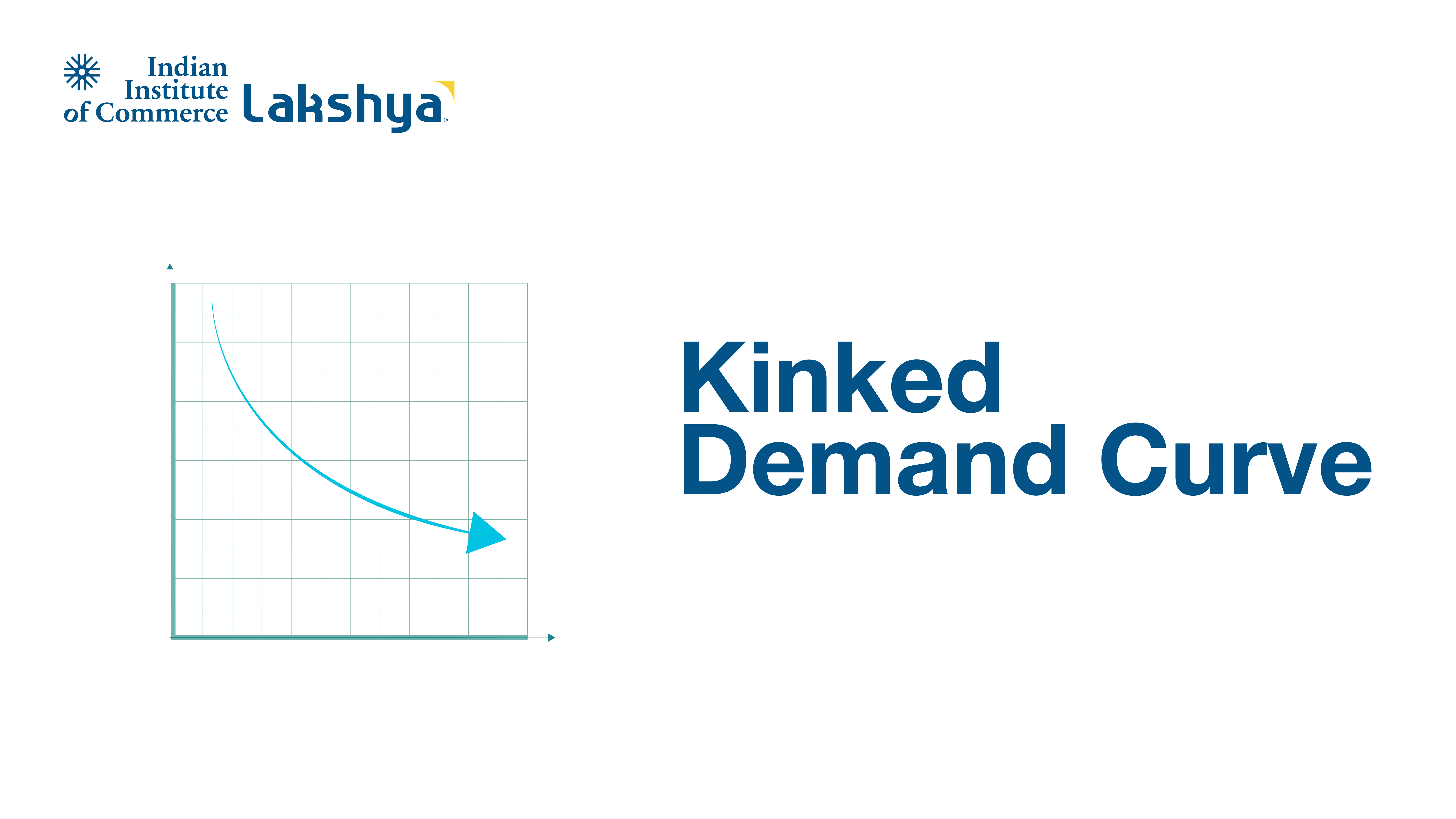
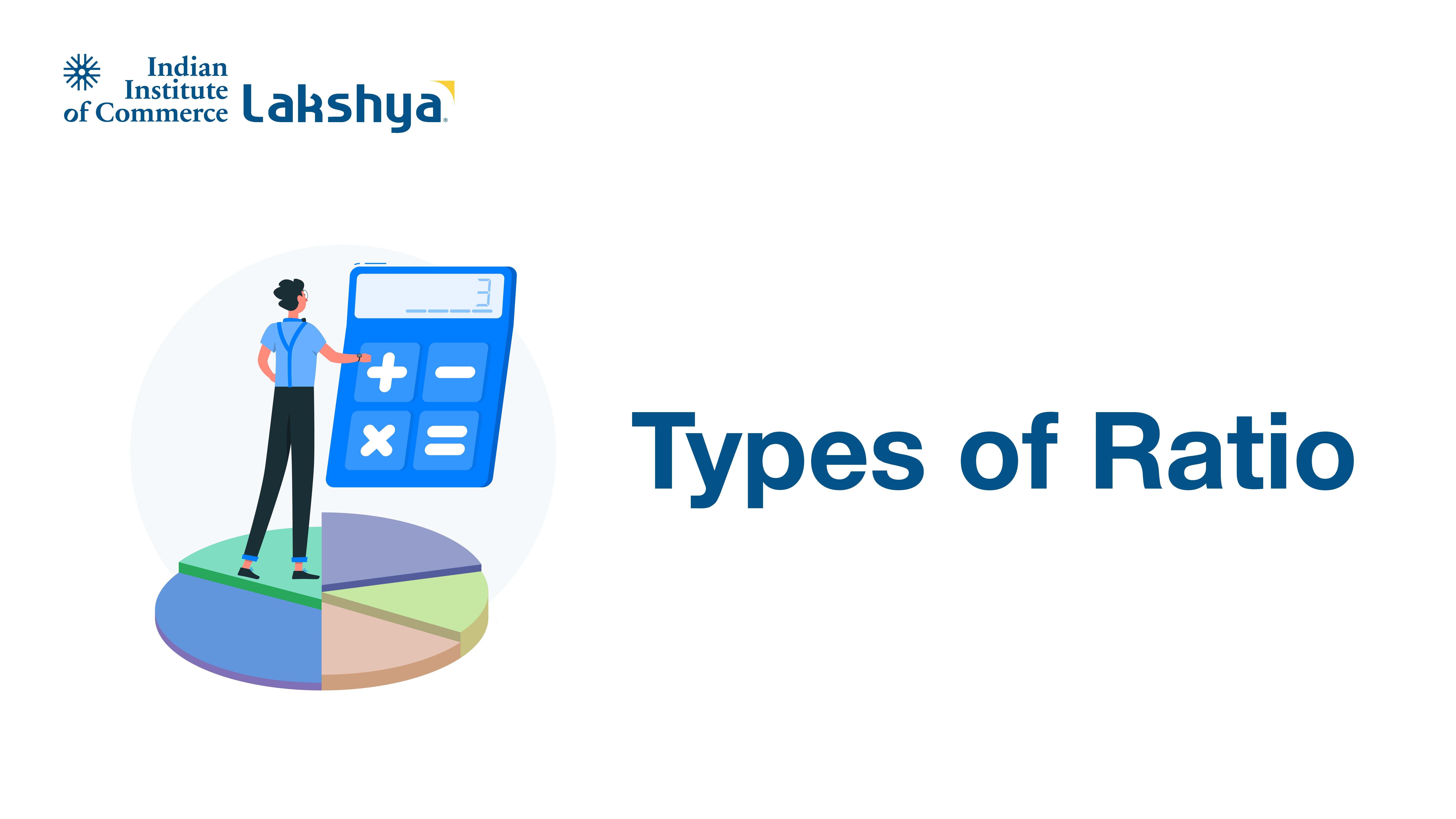





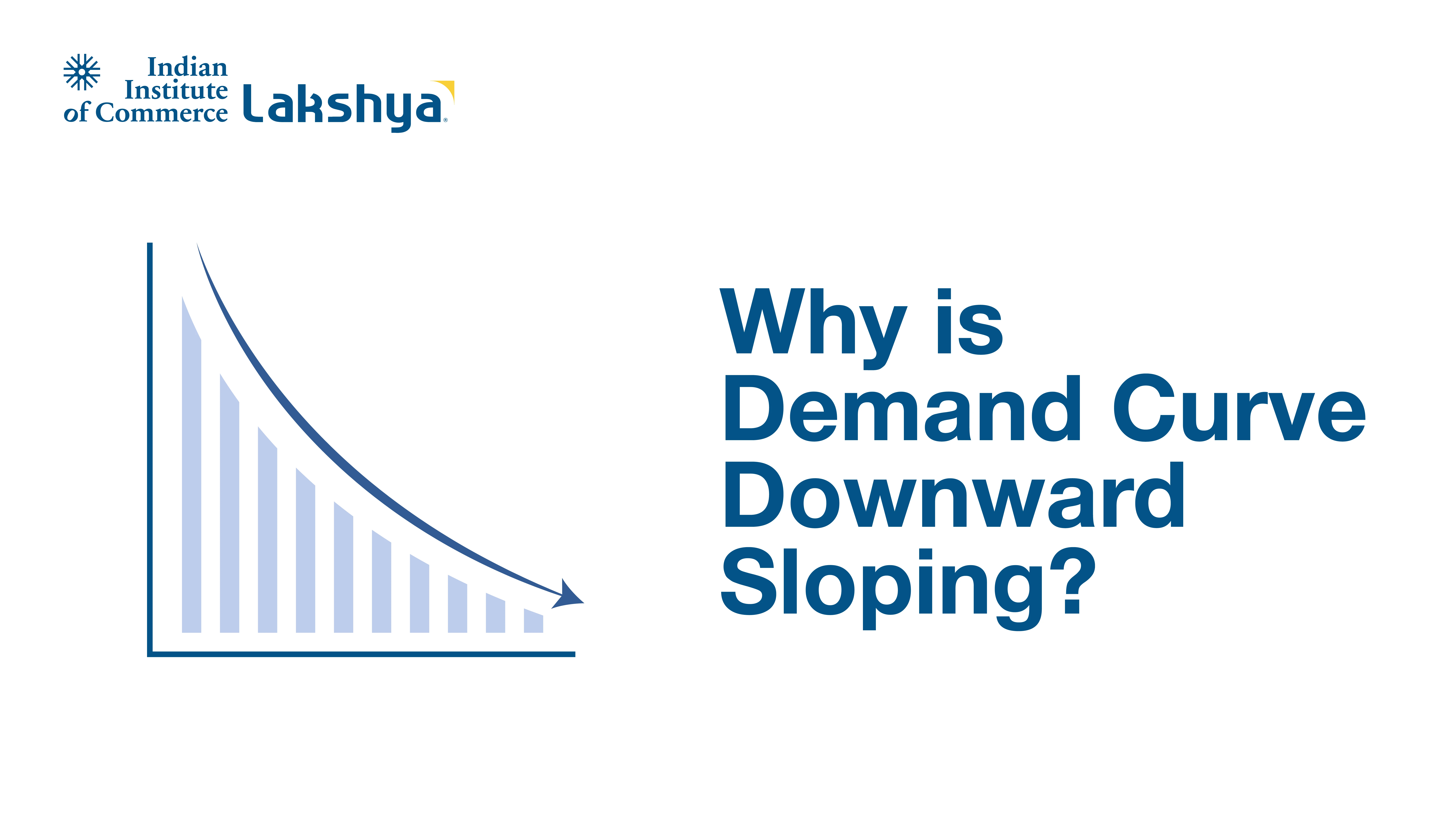








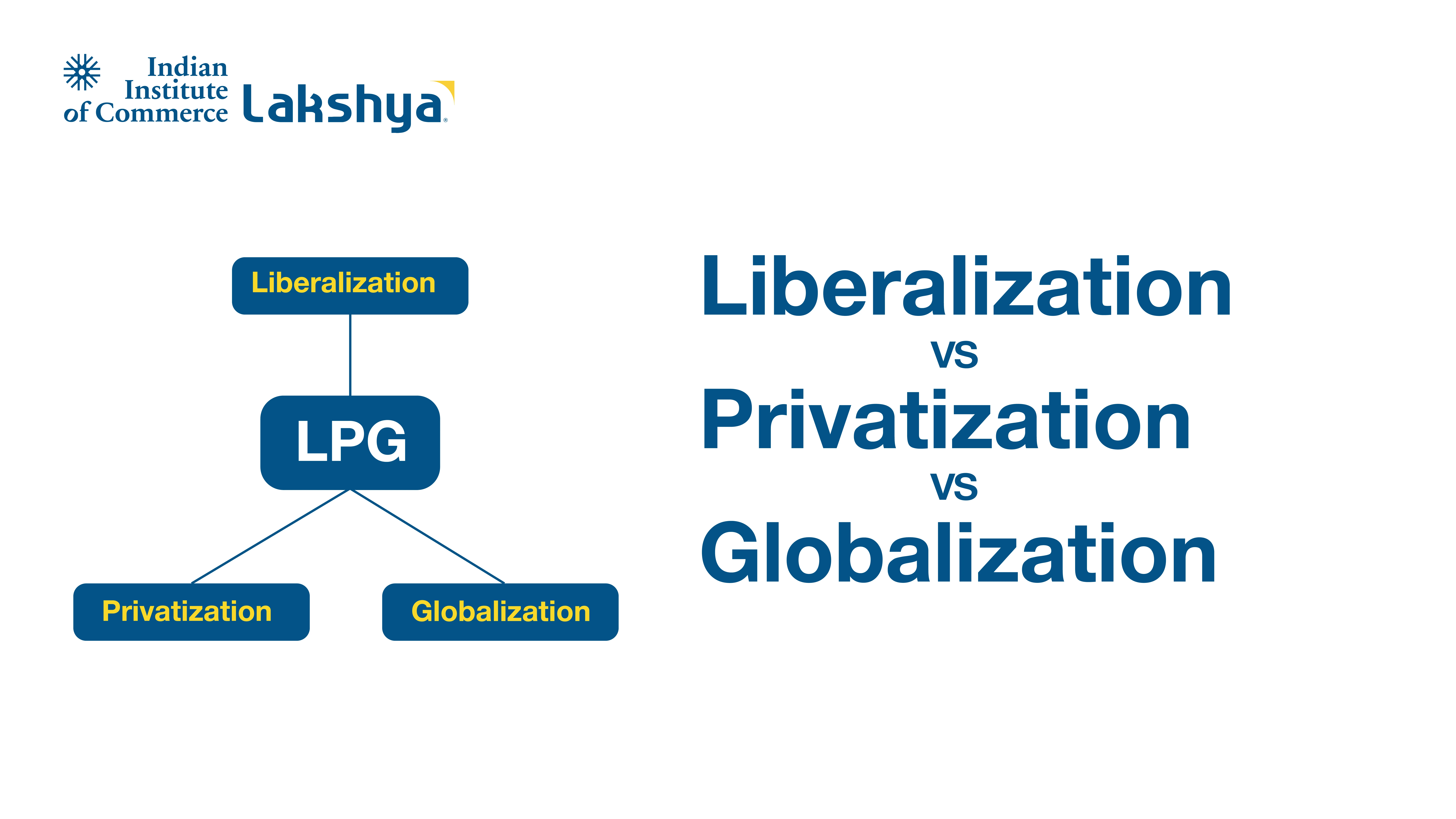








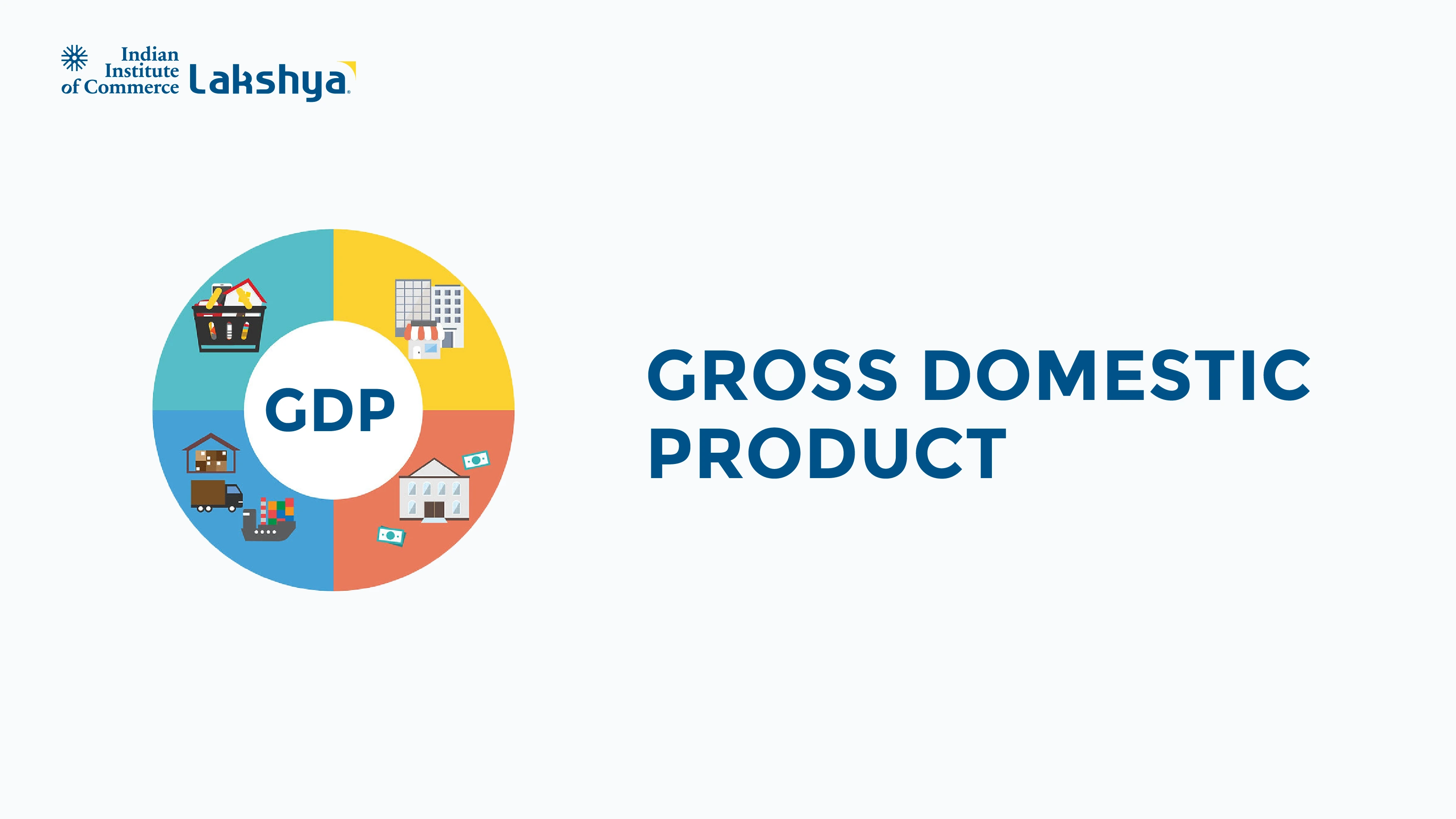
.webp)




